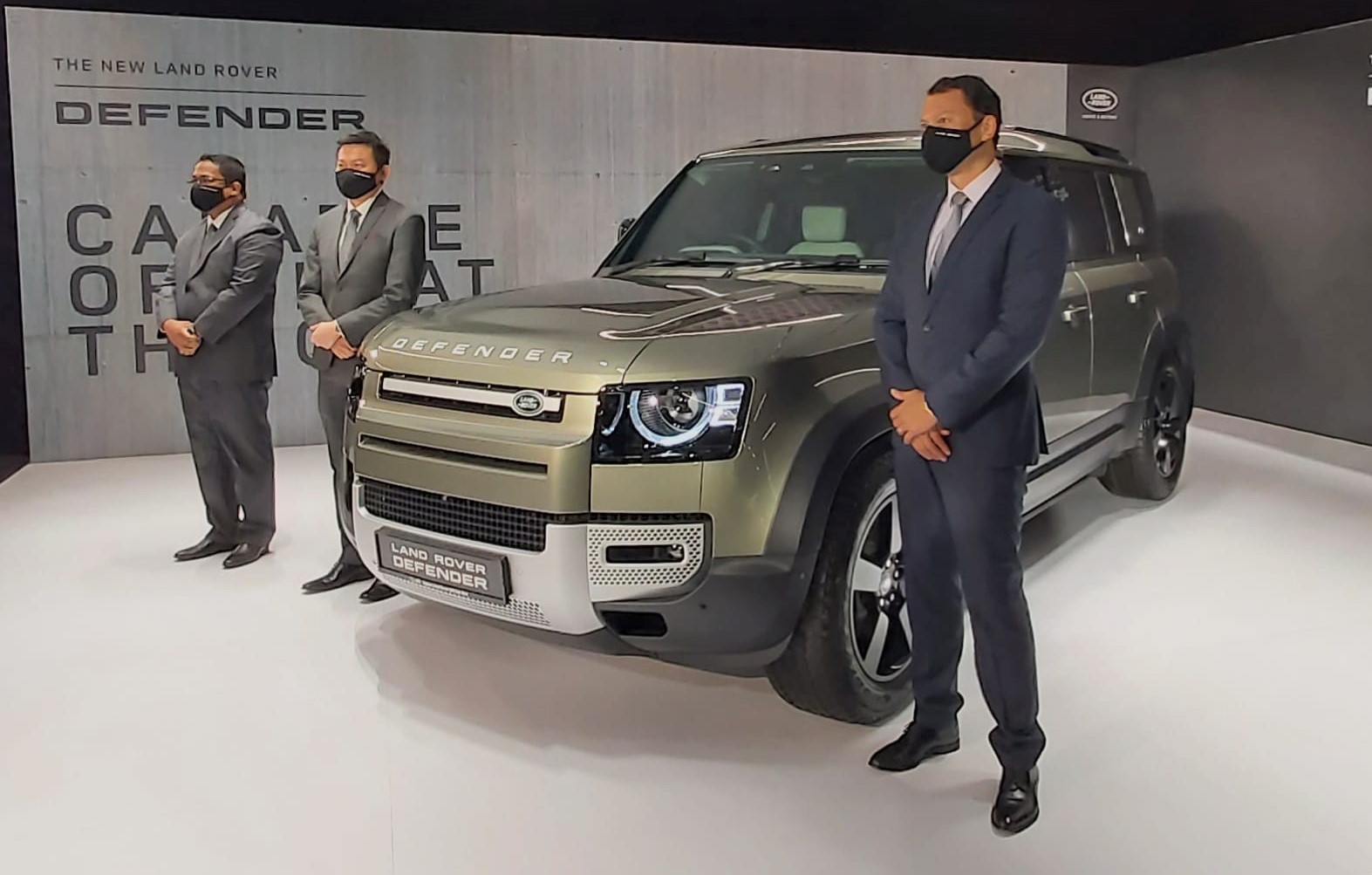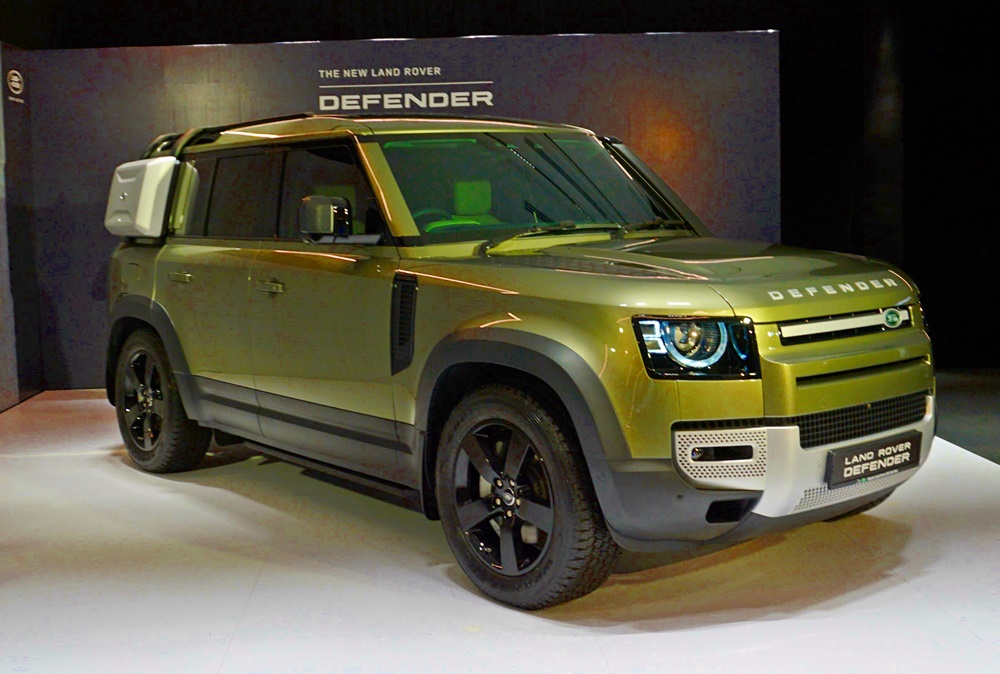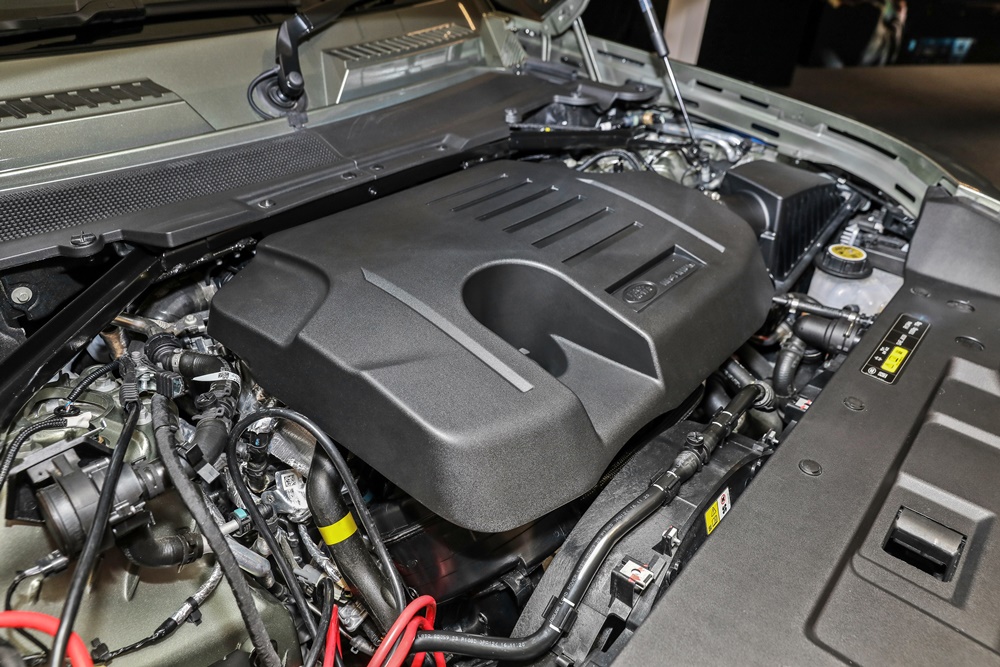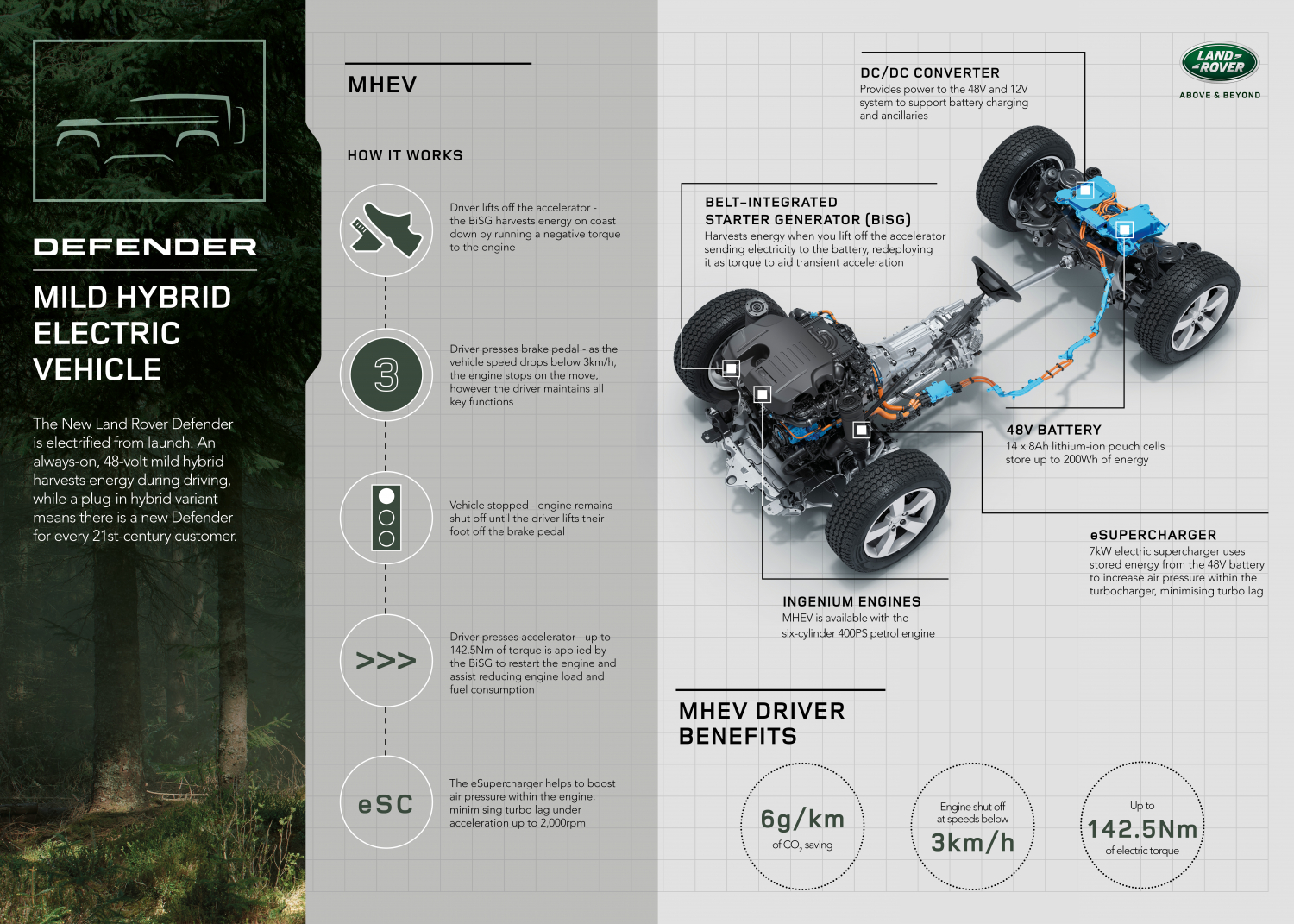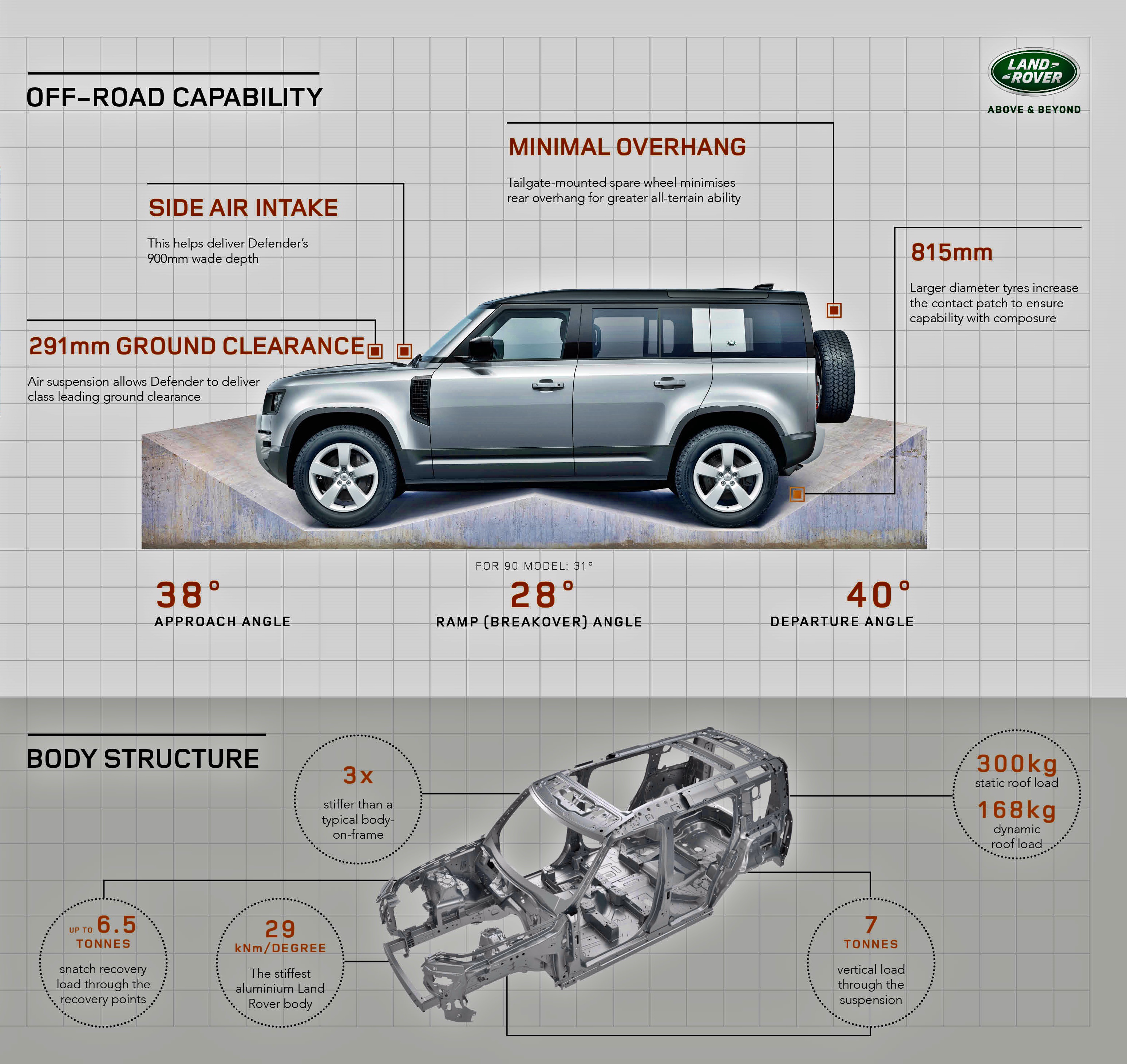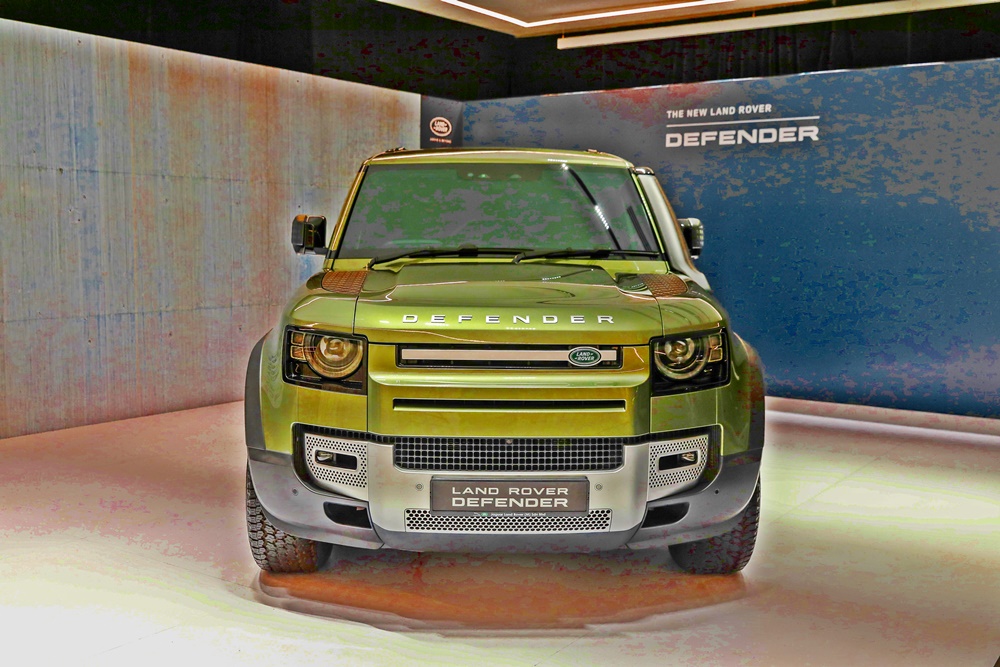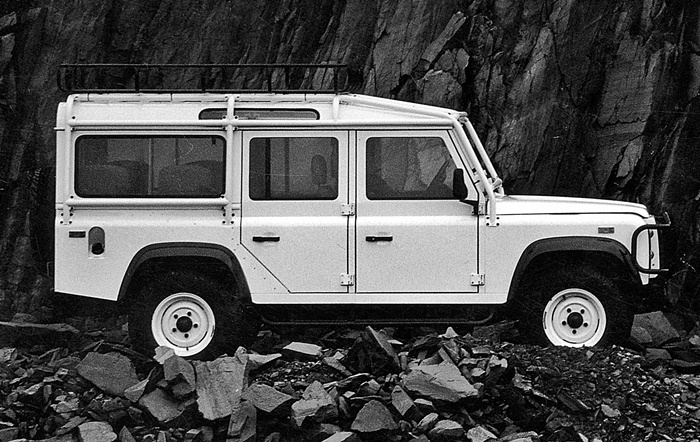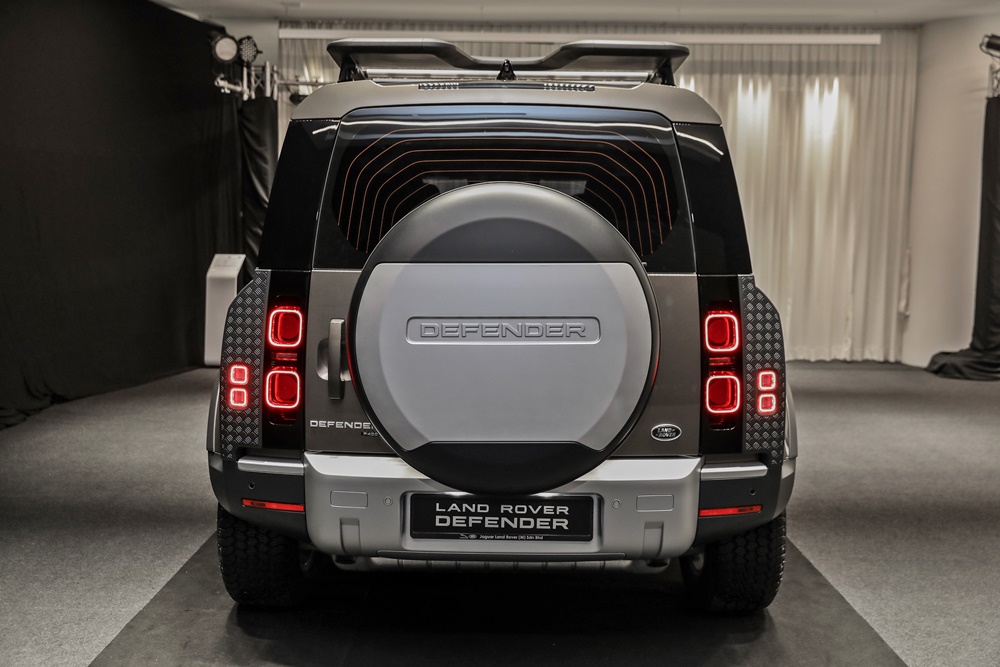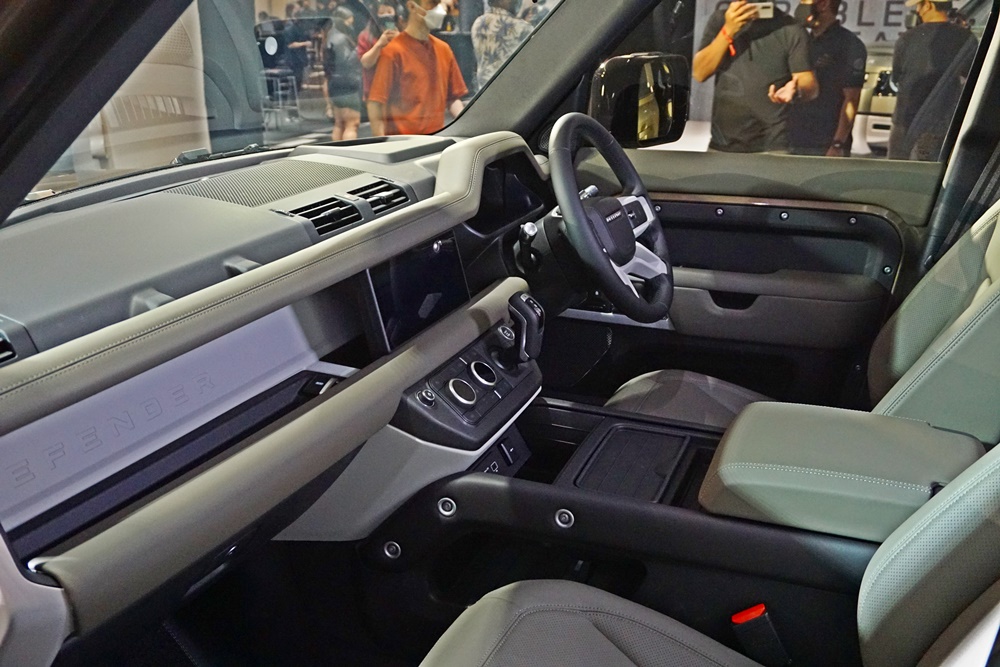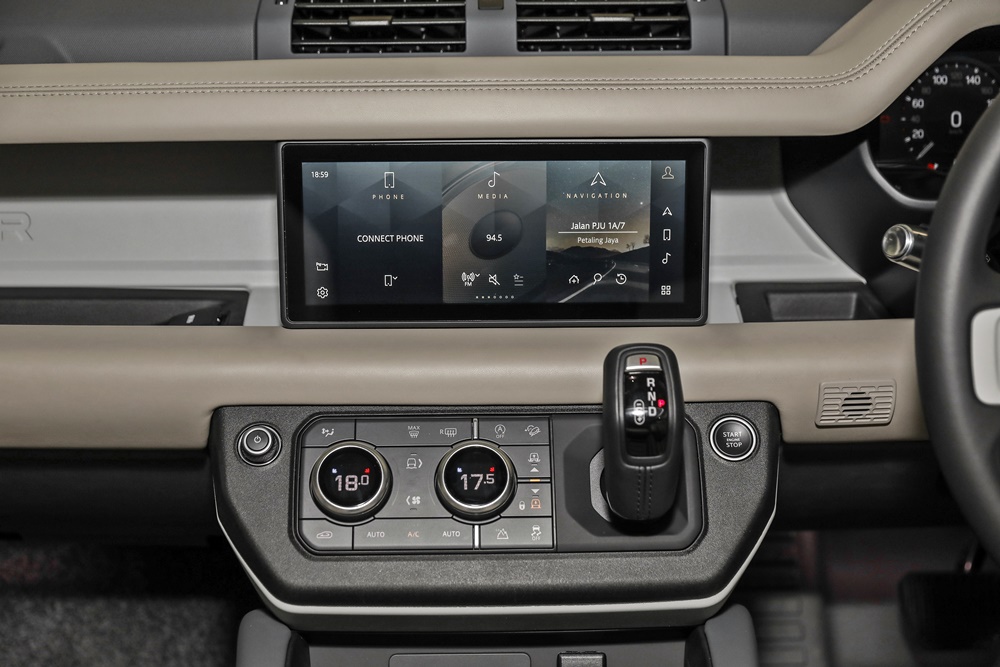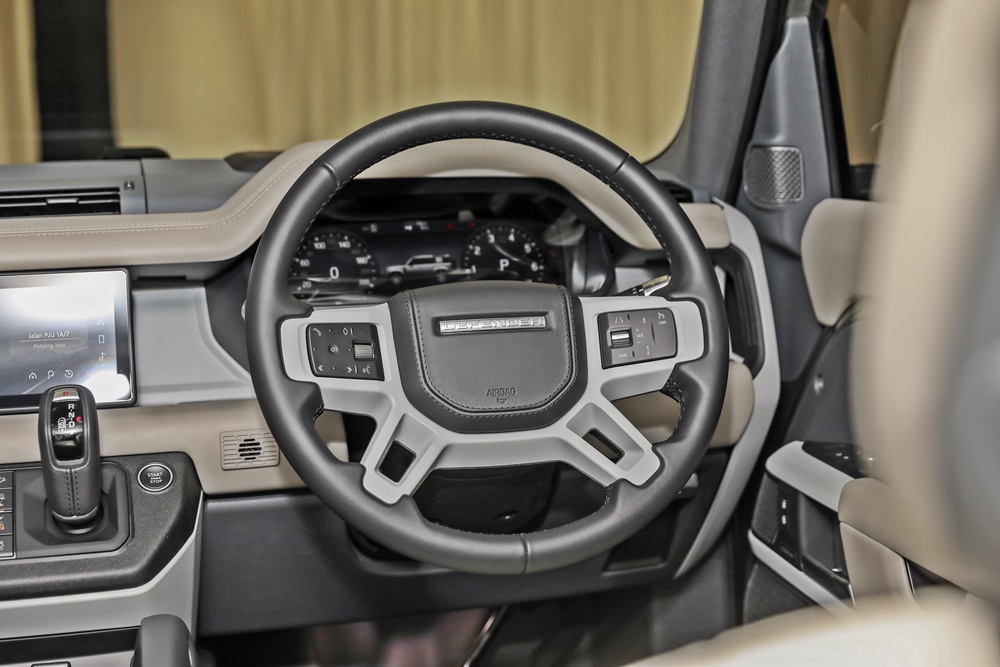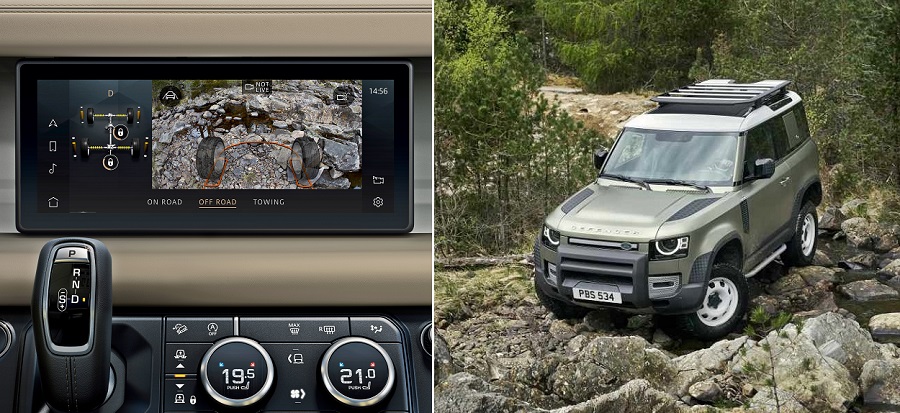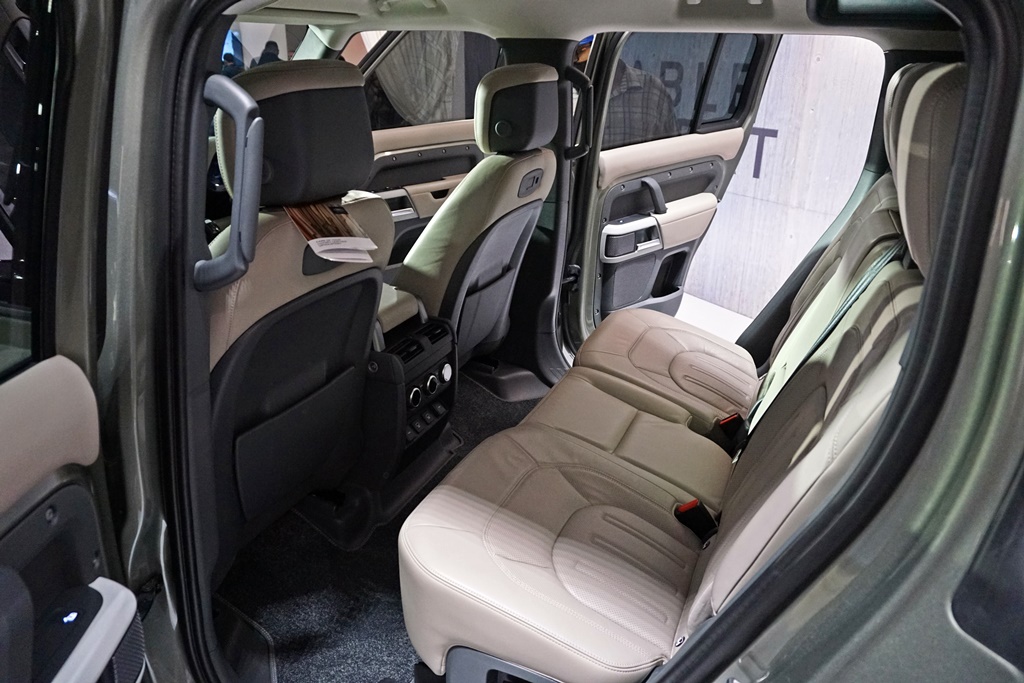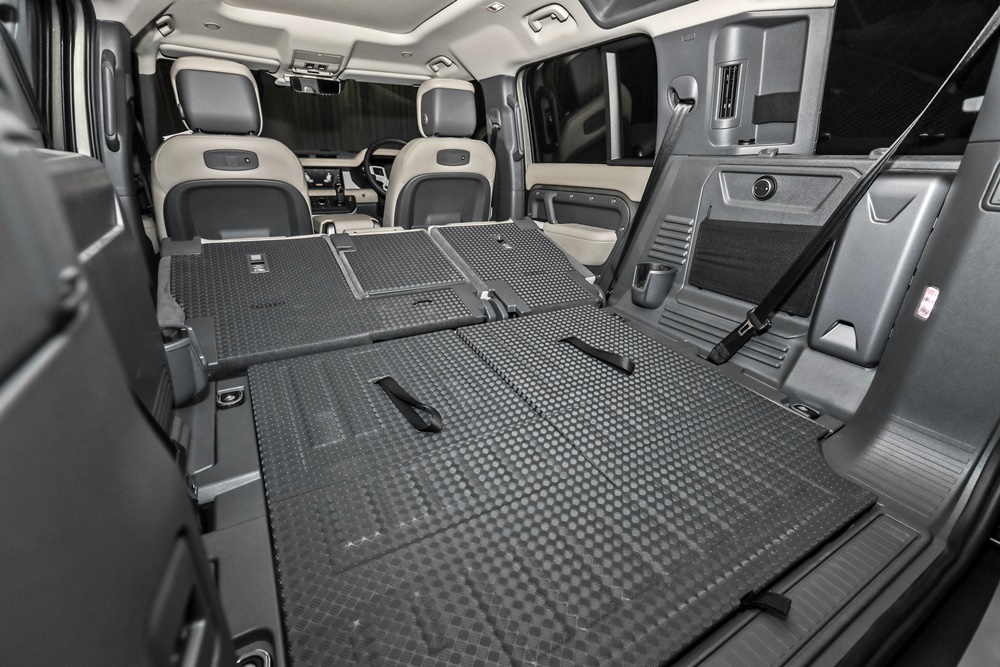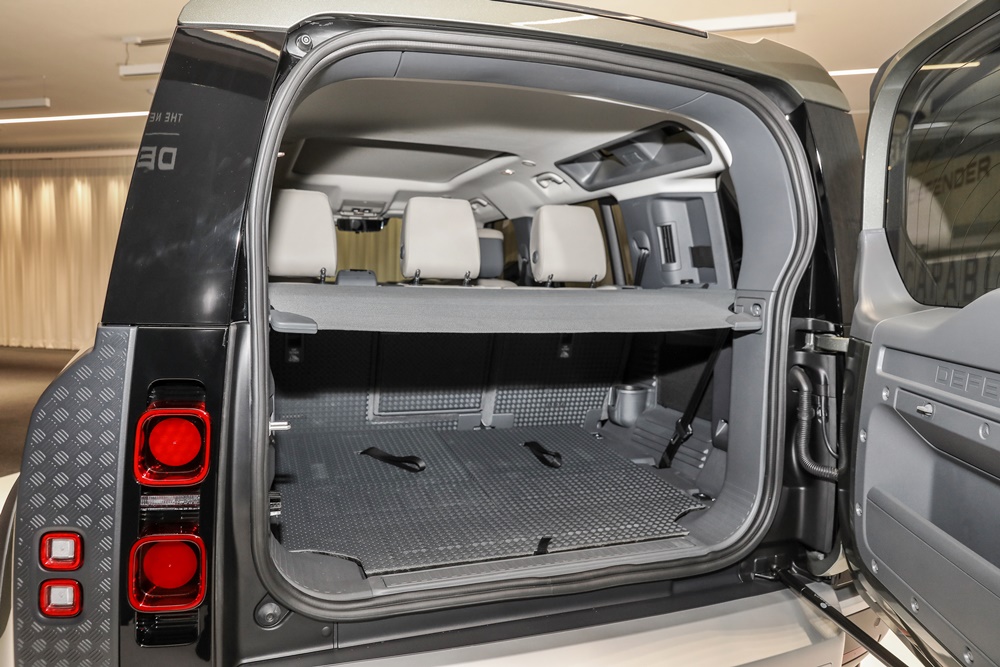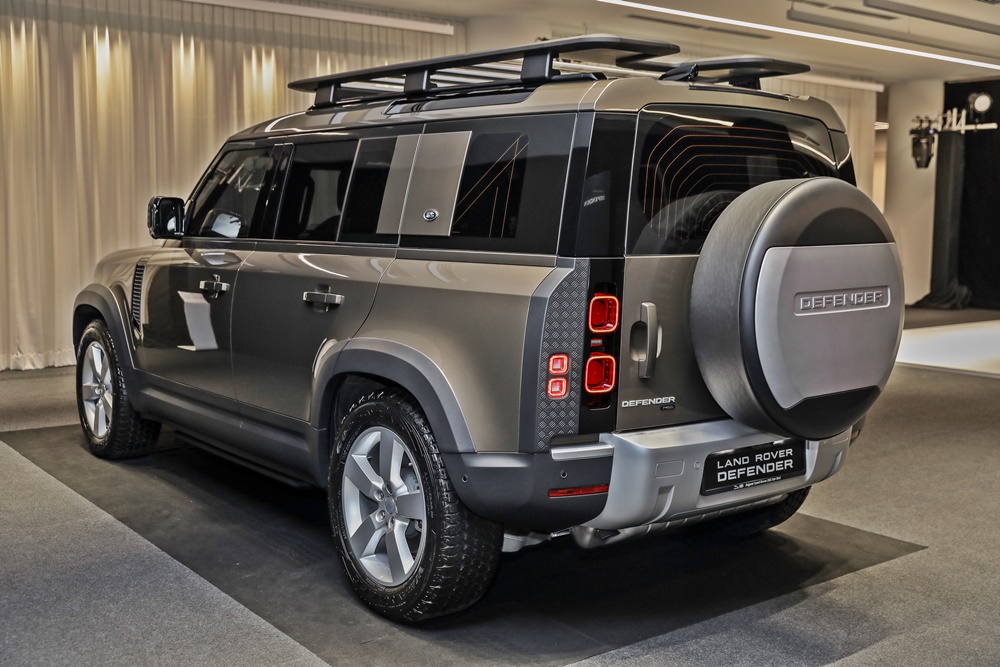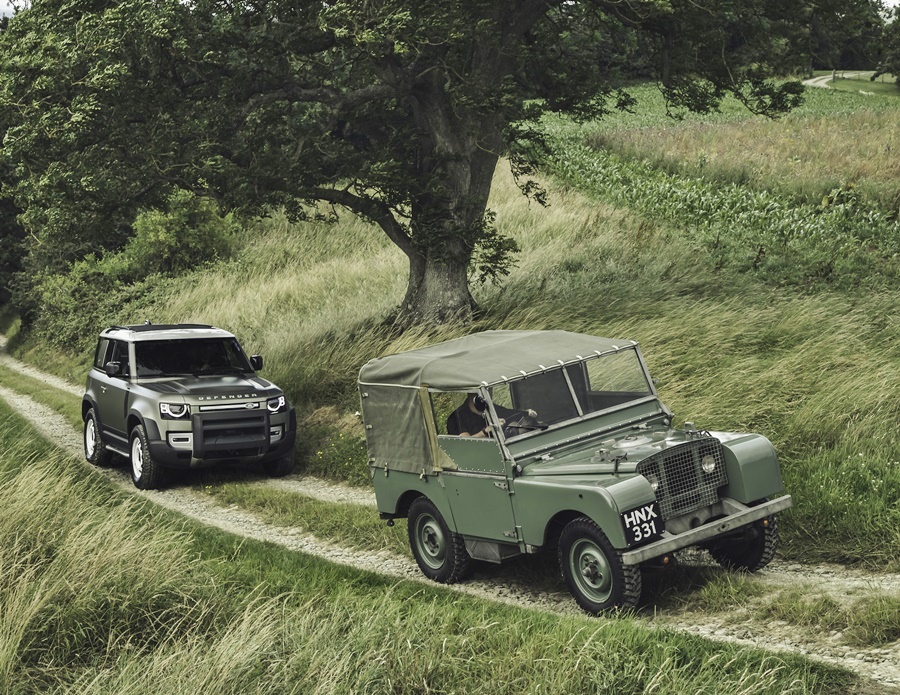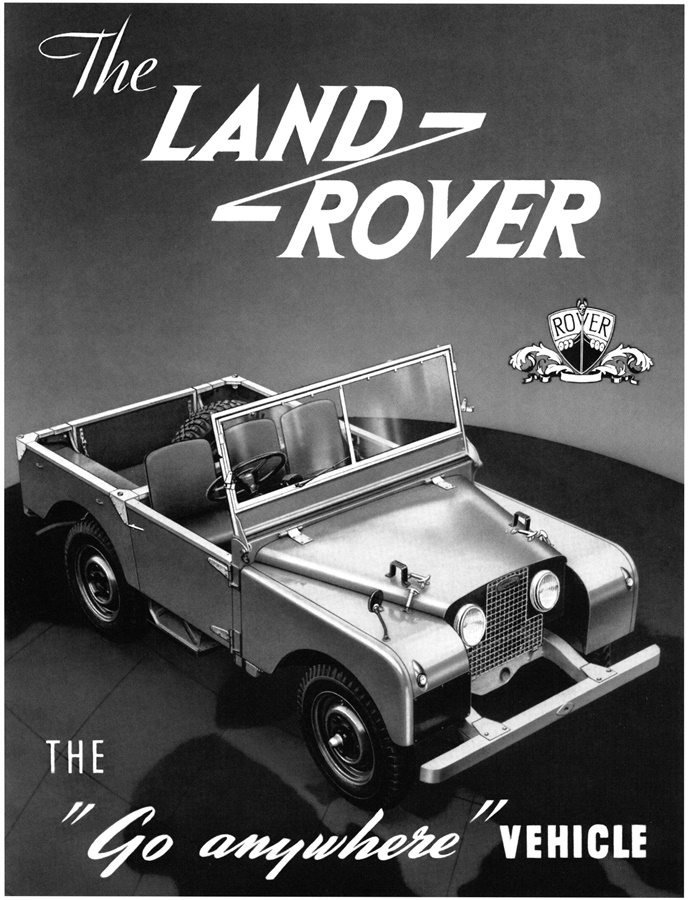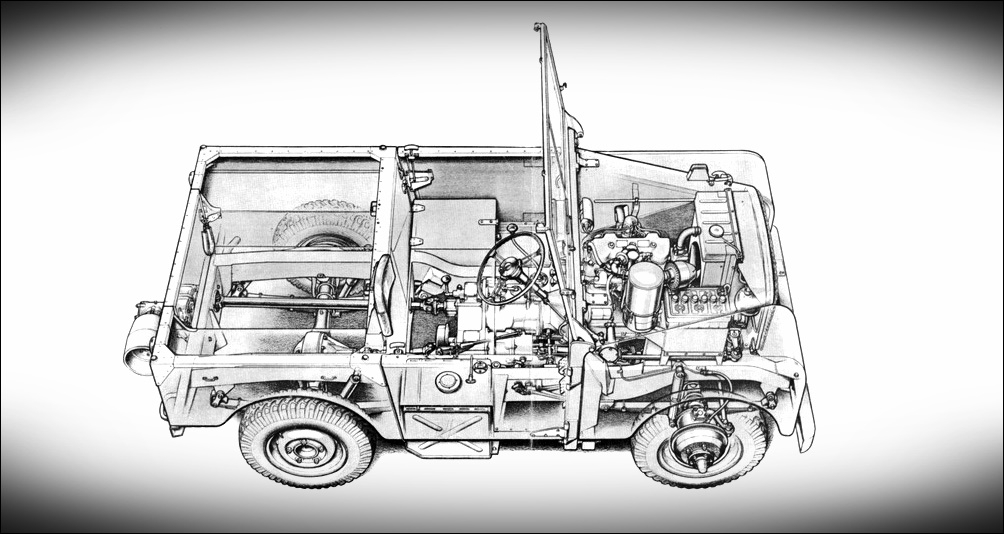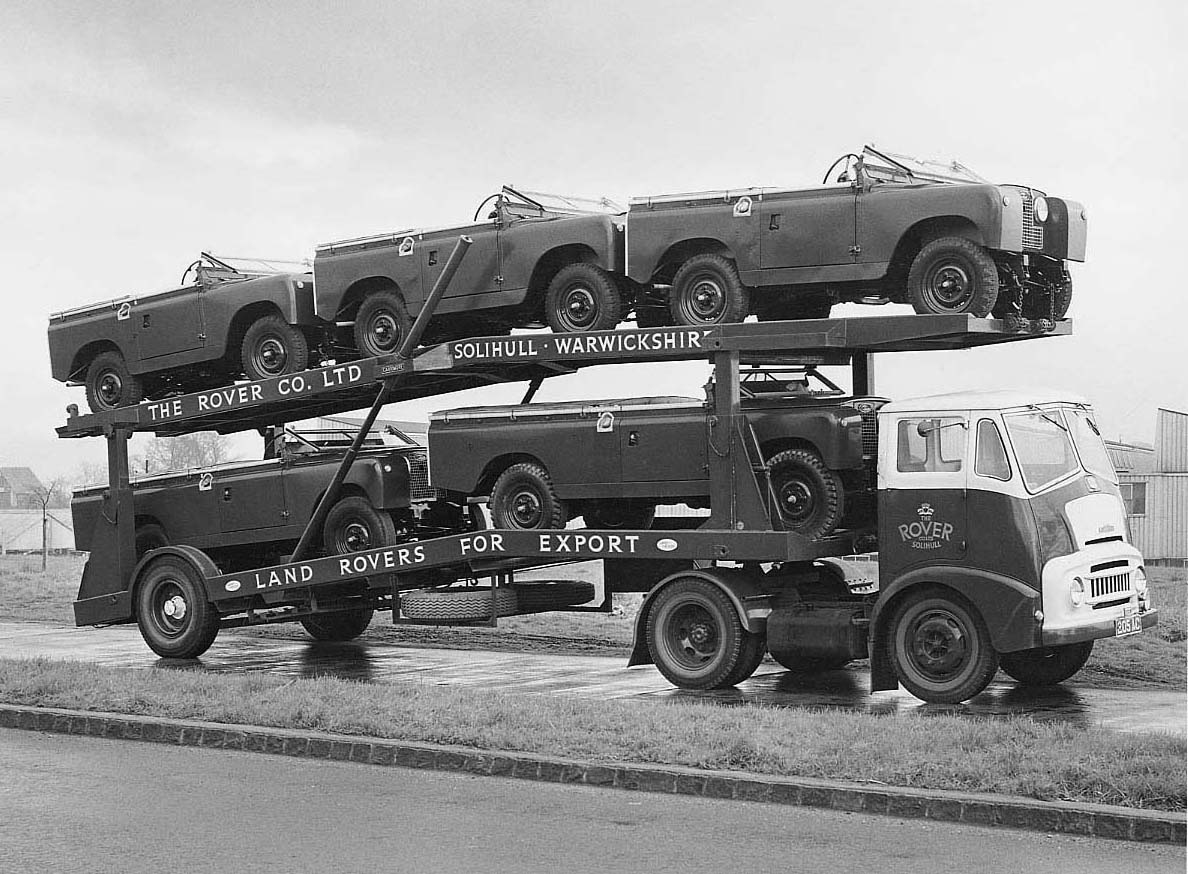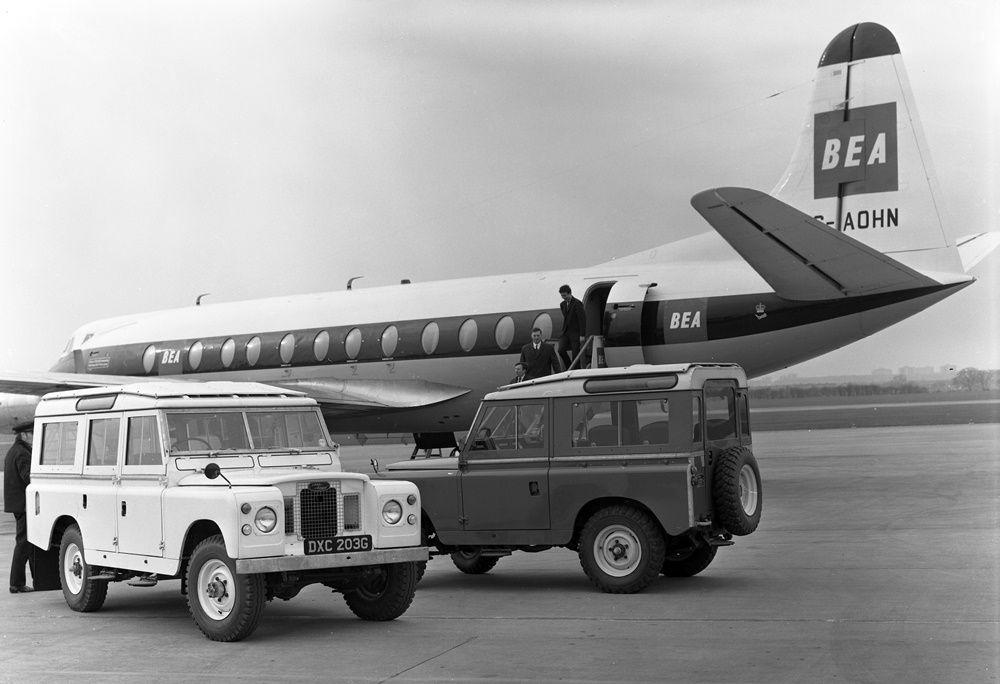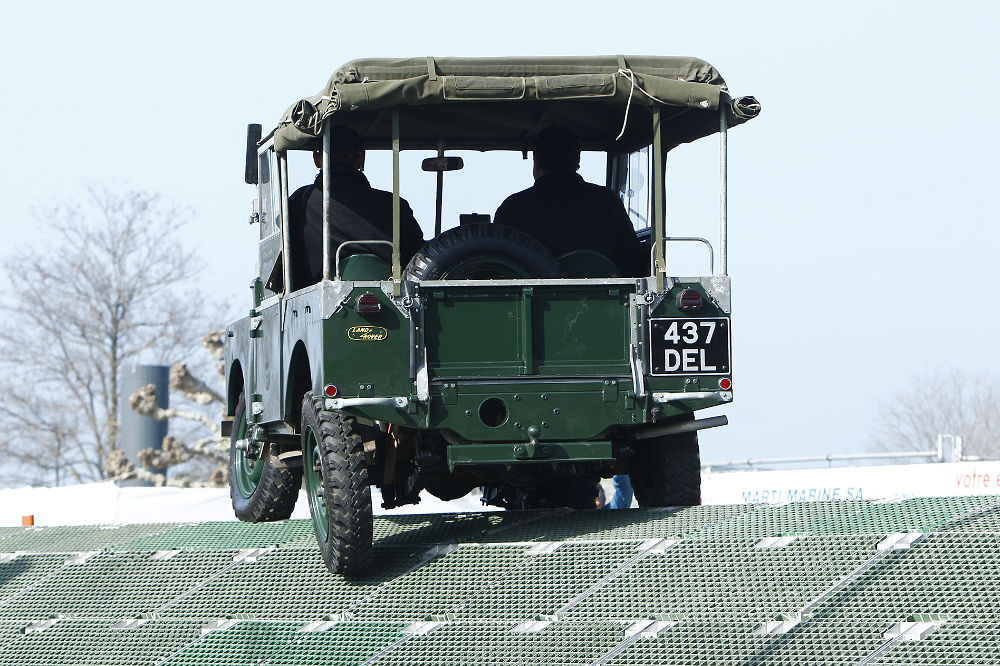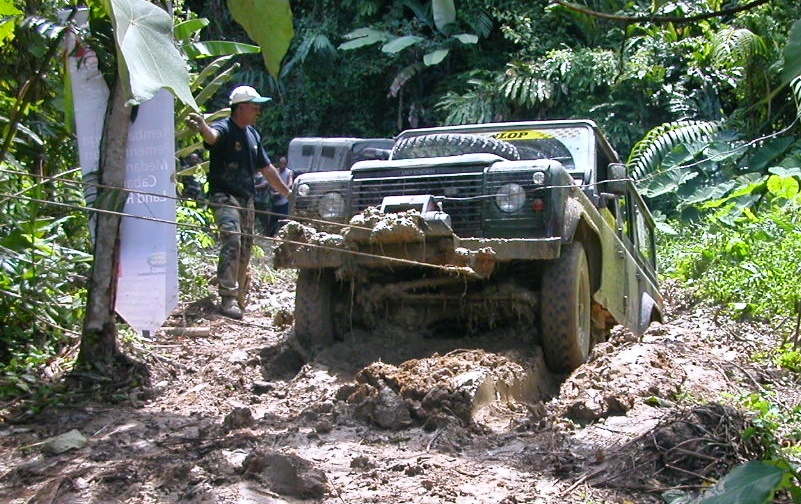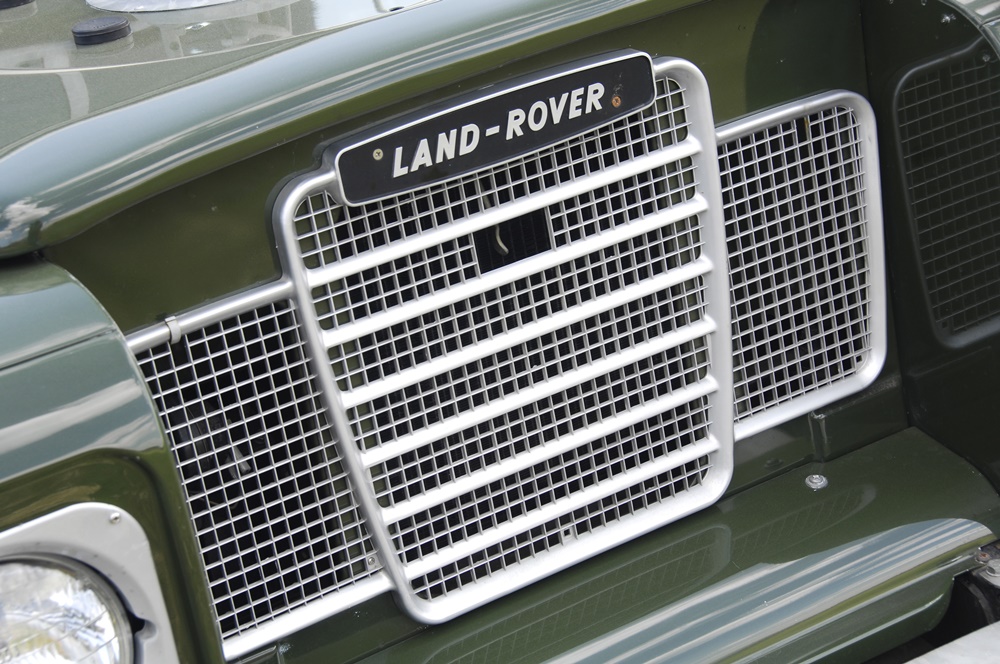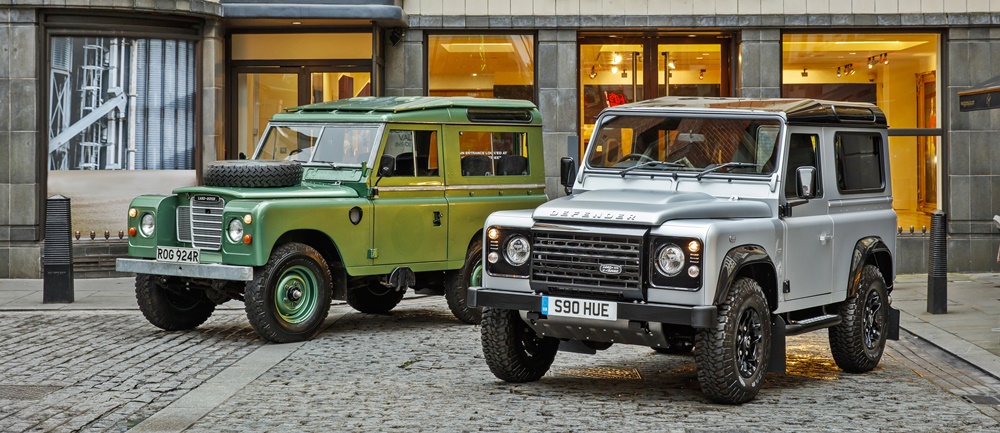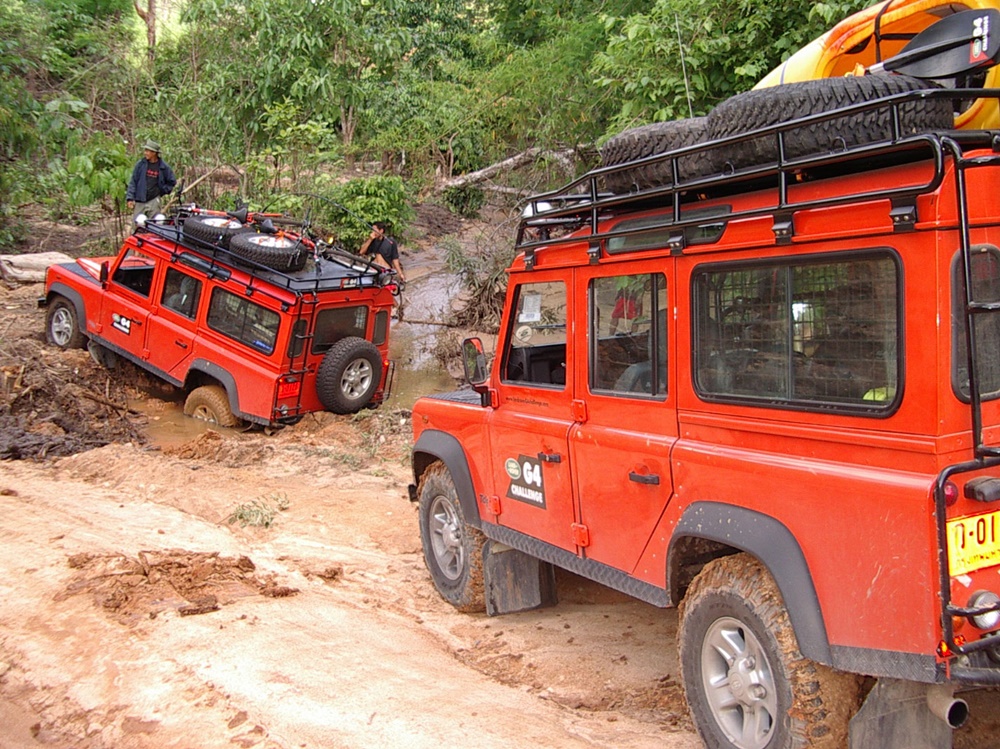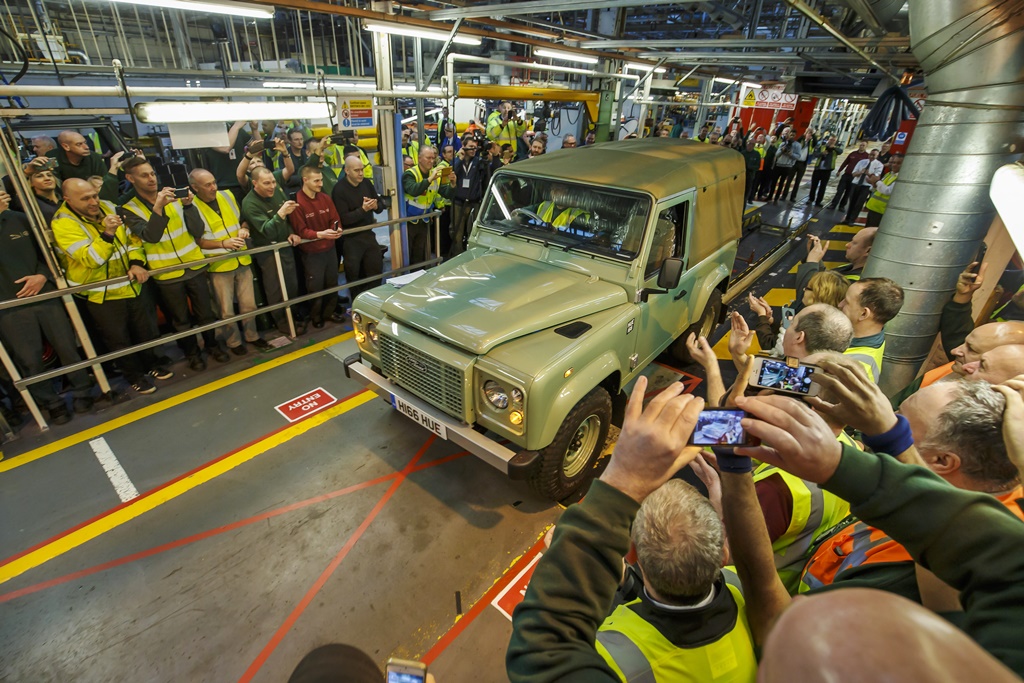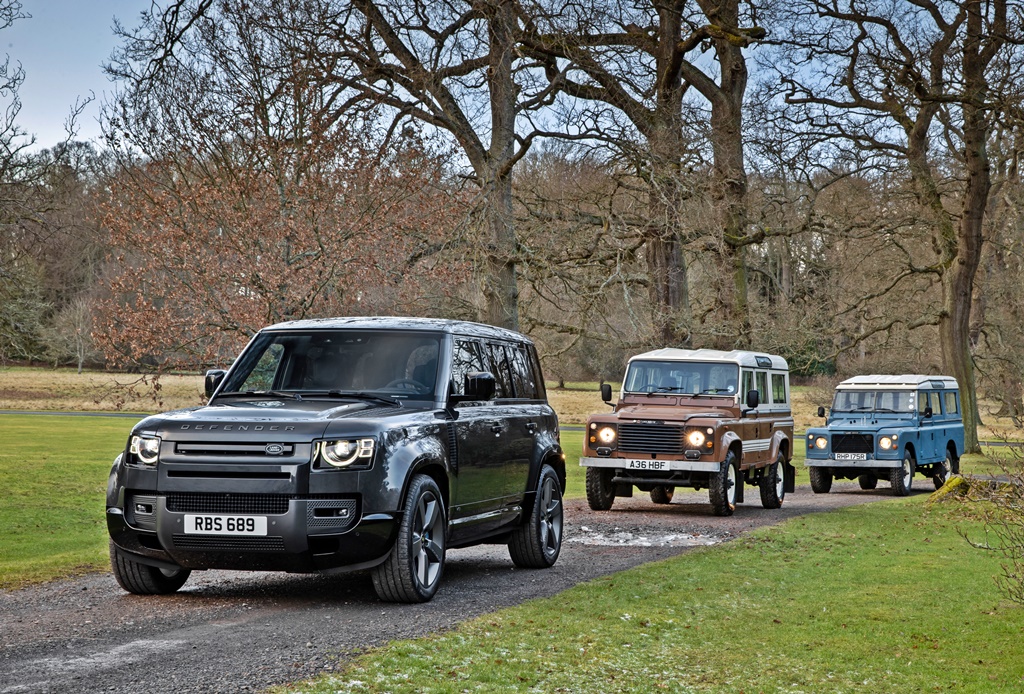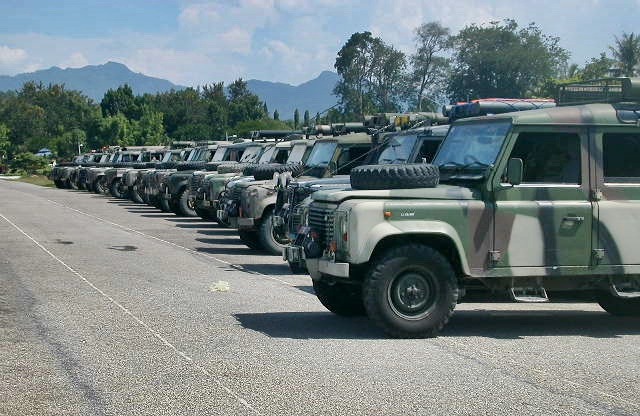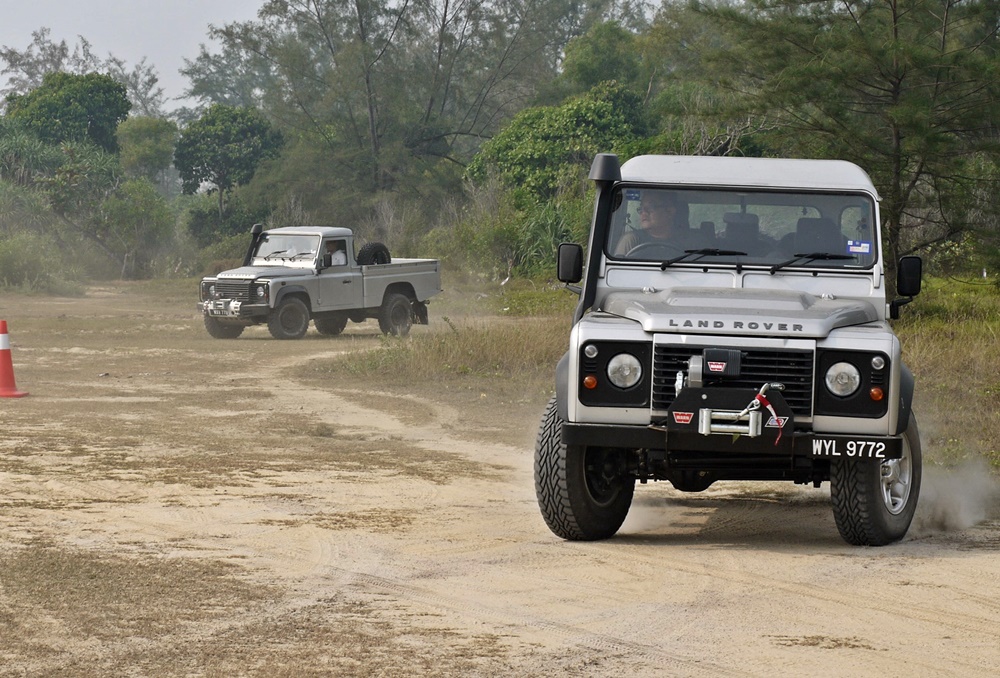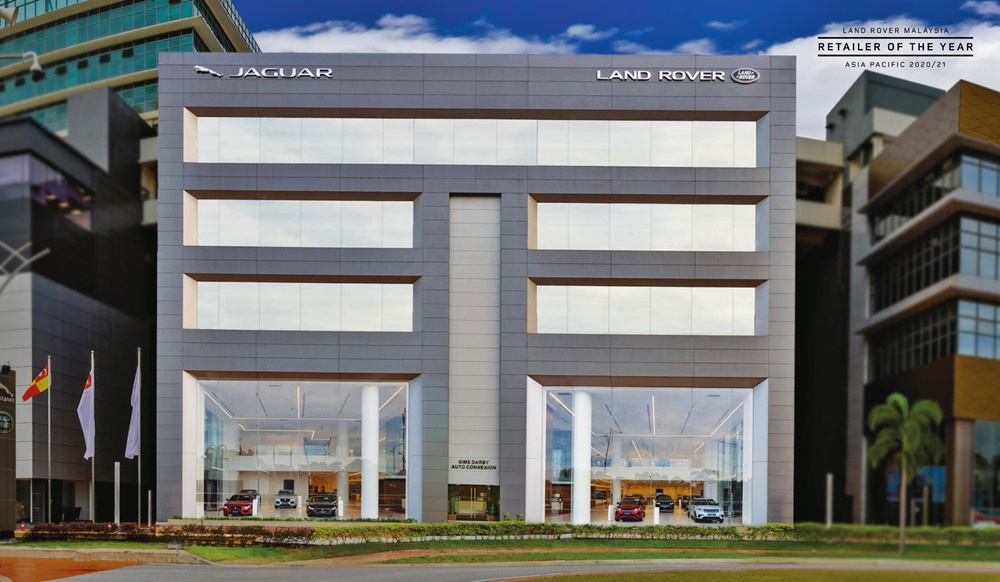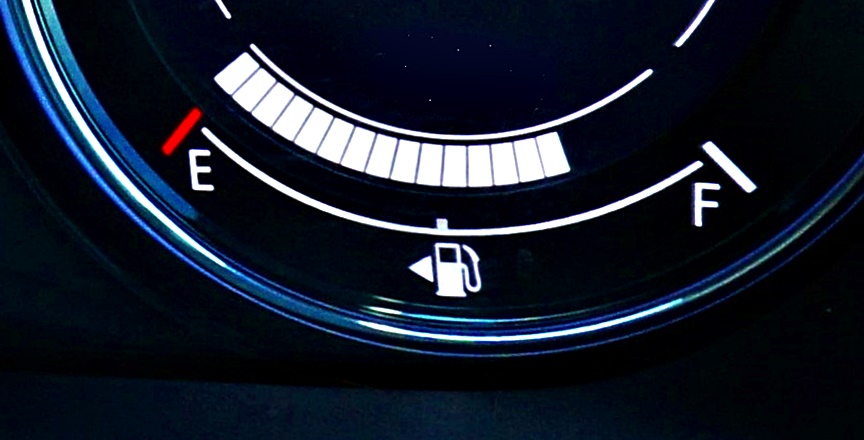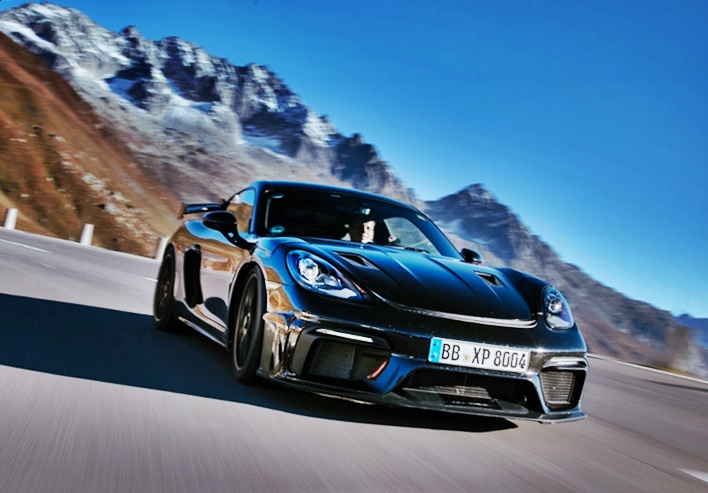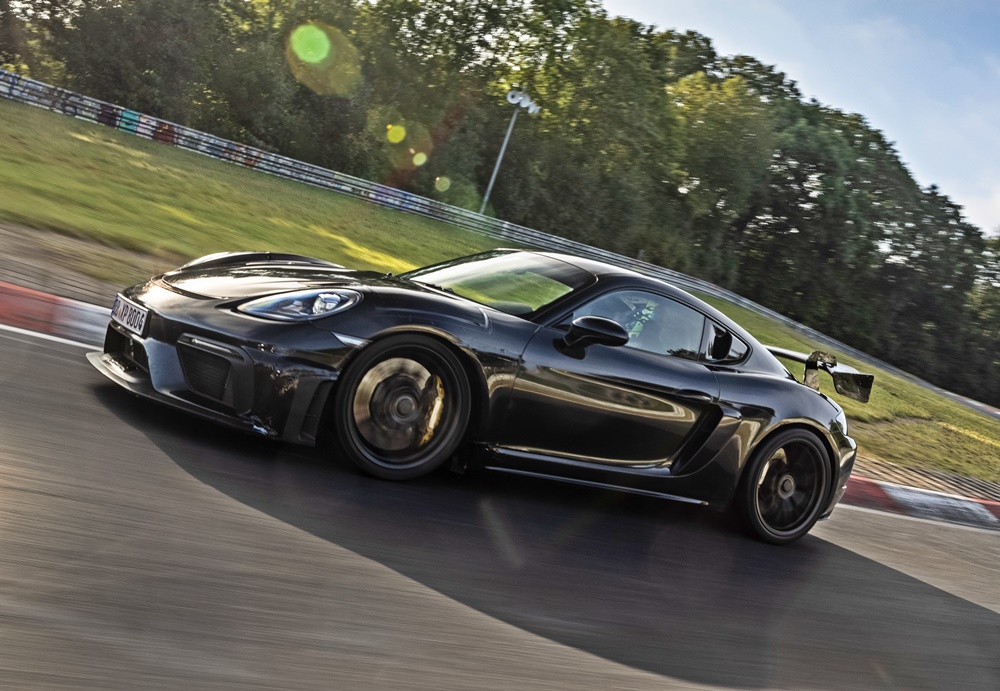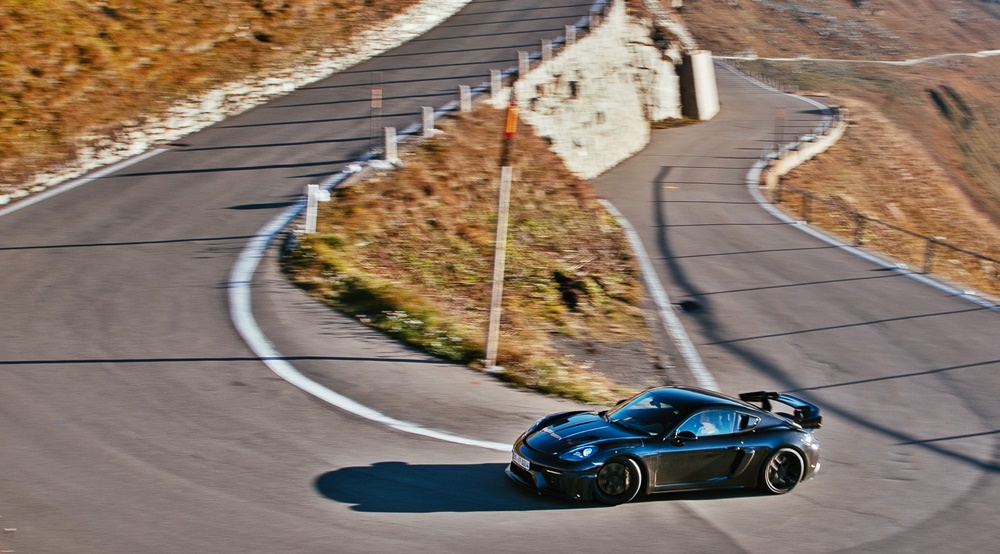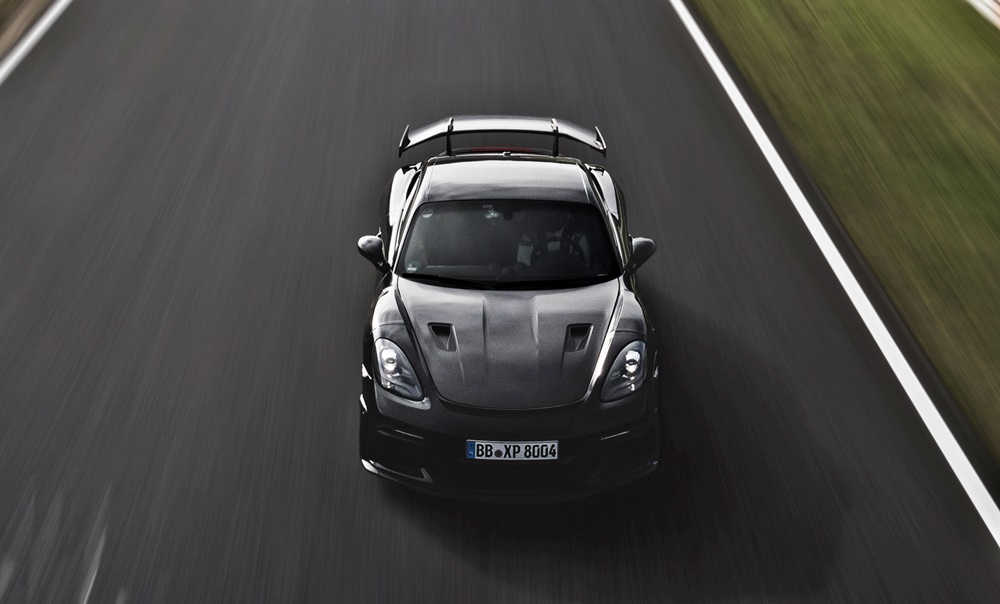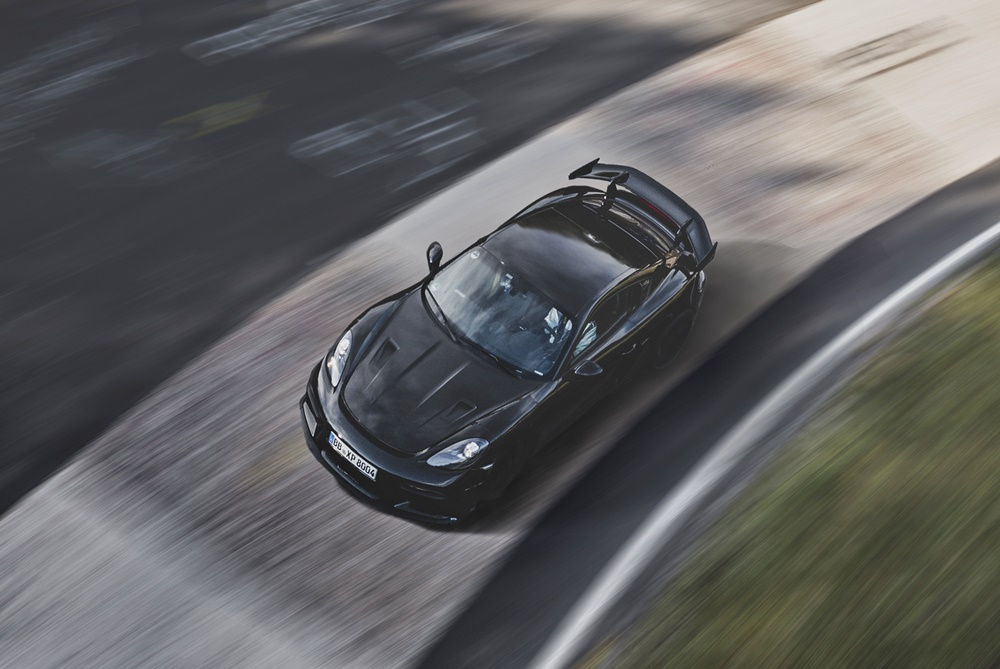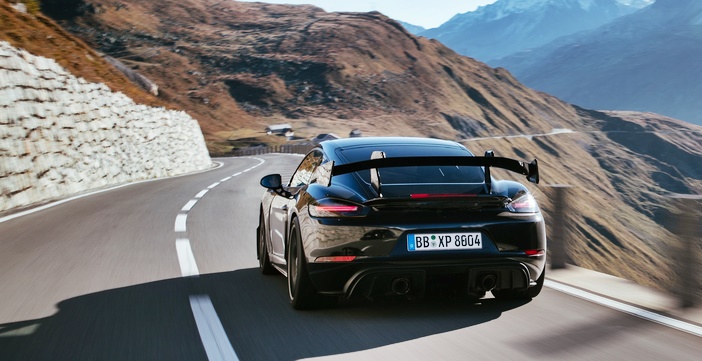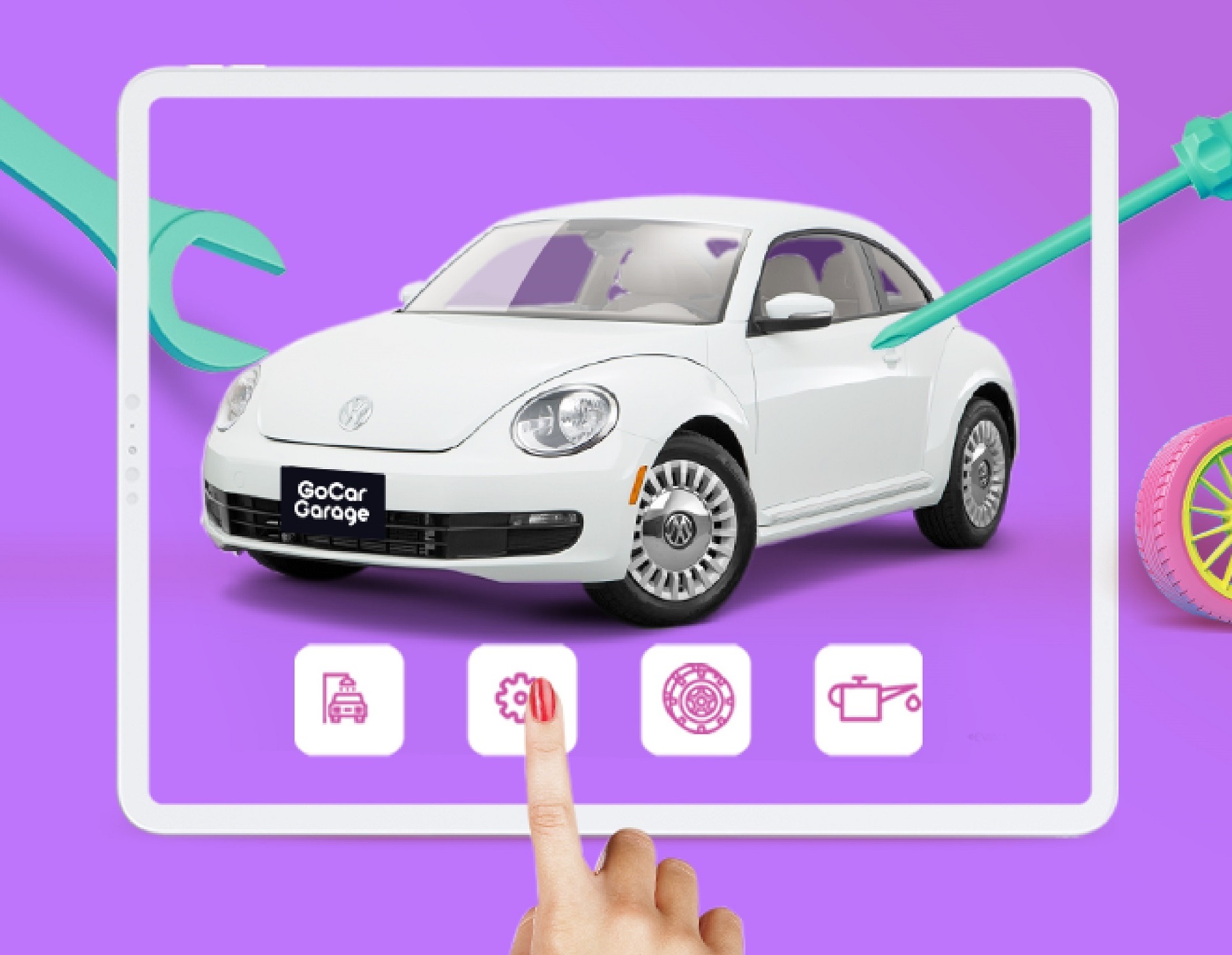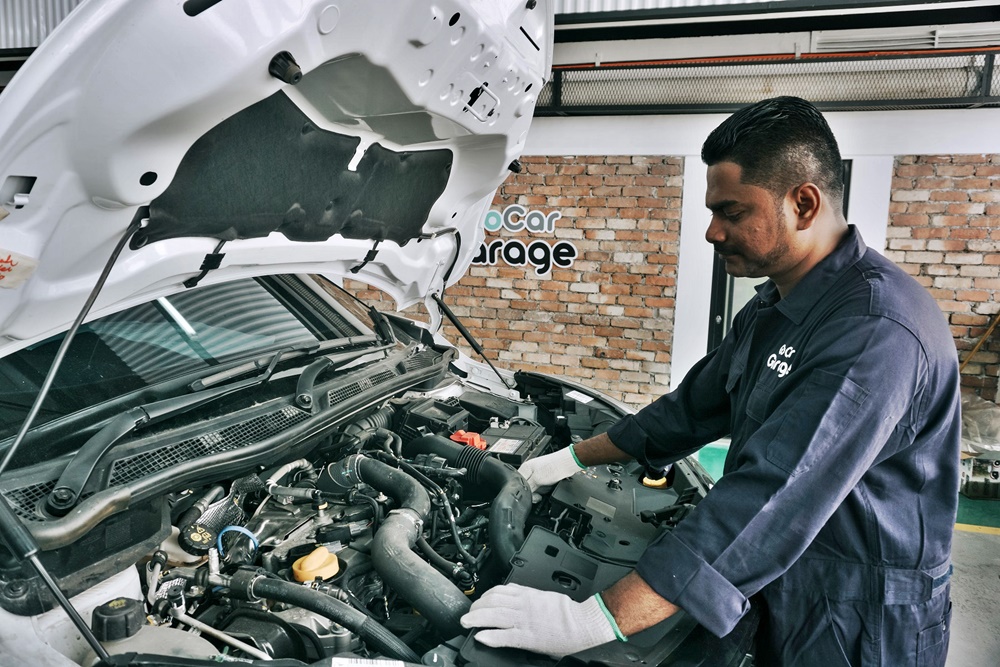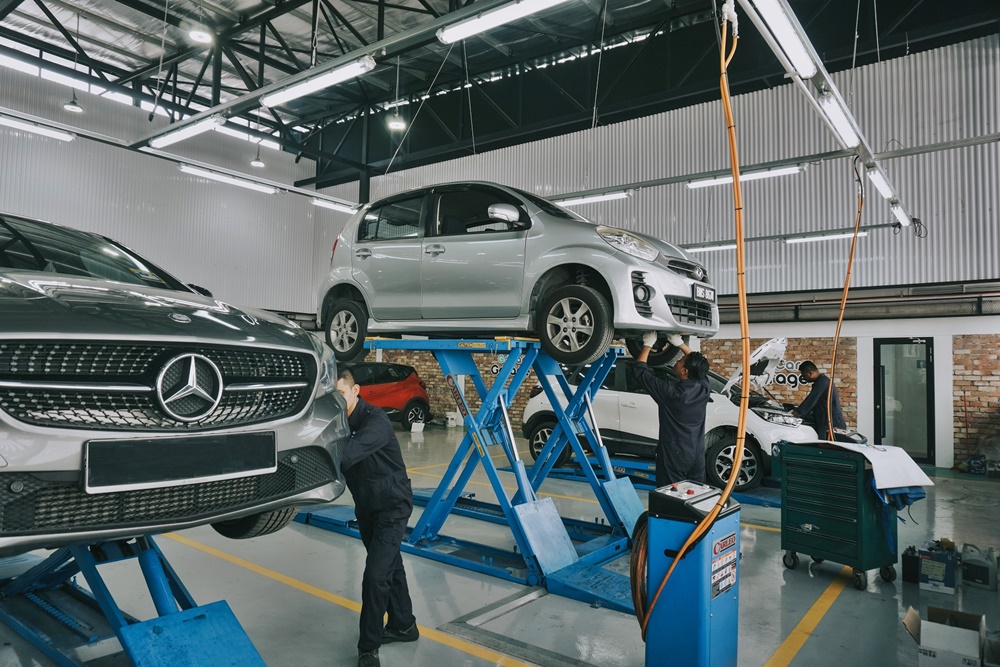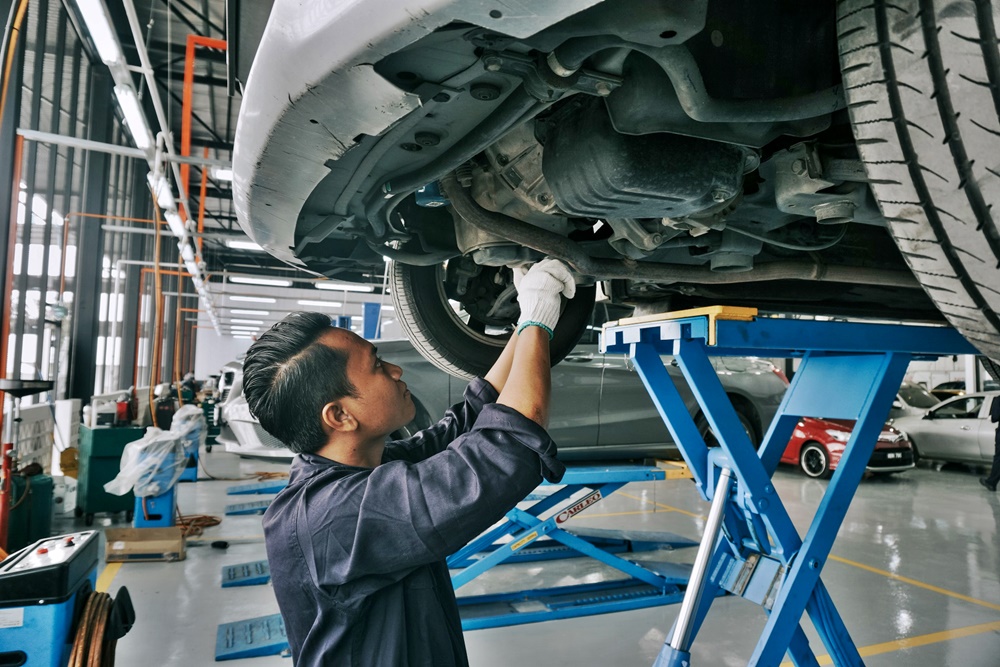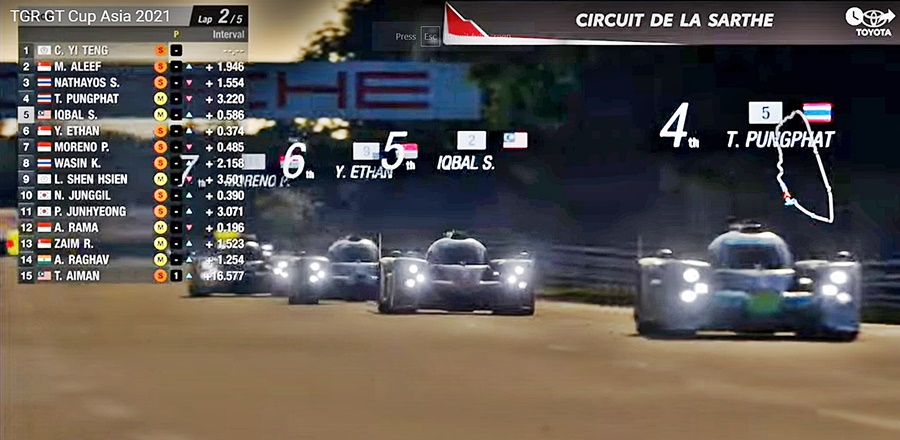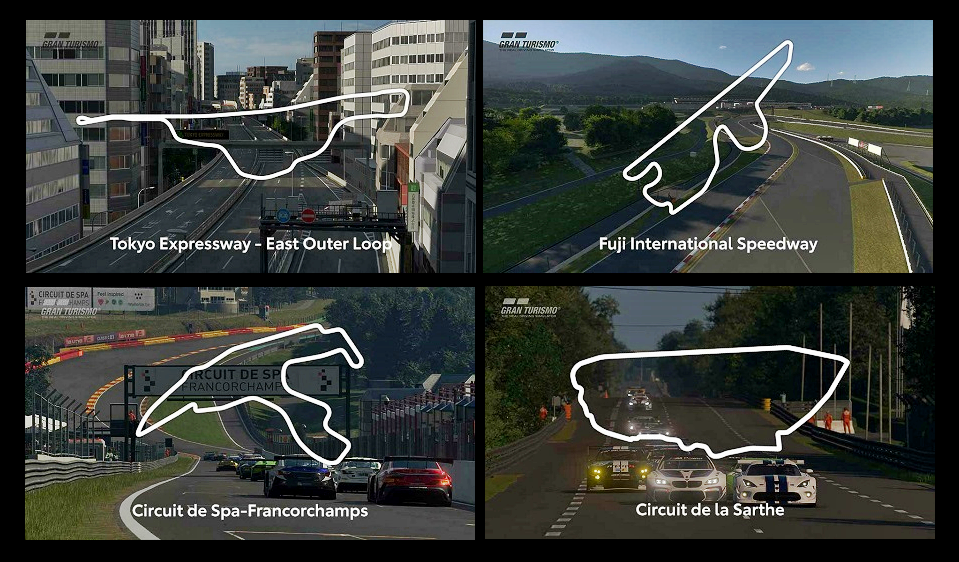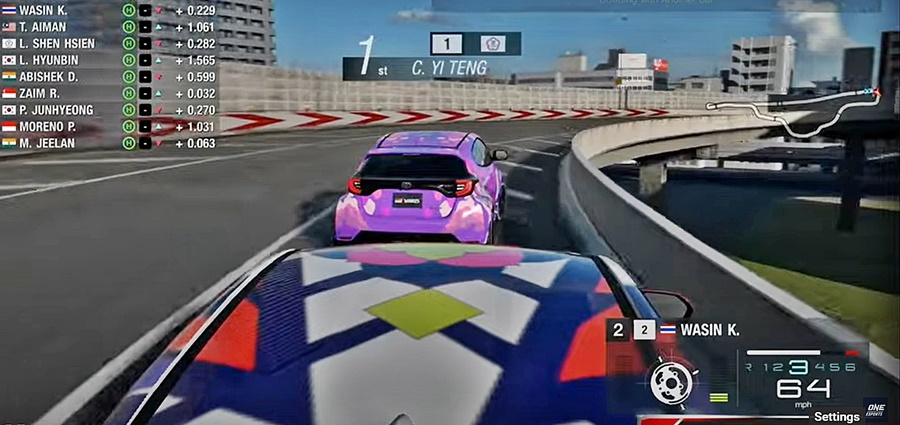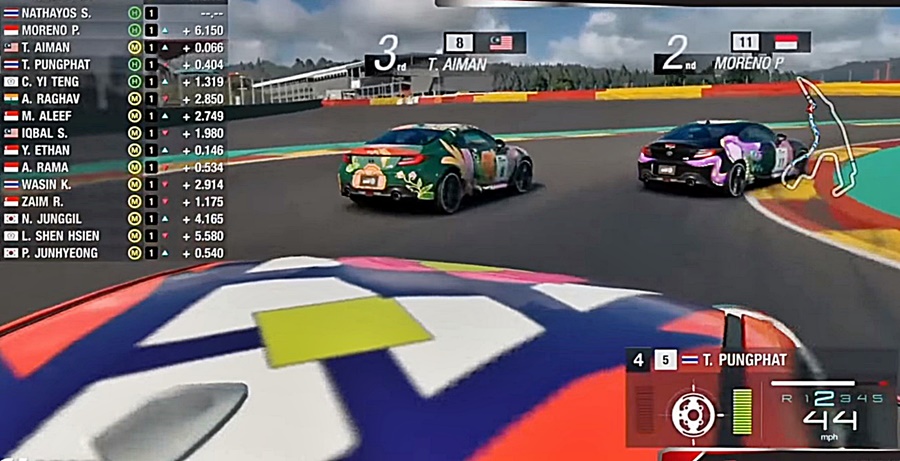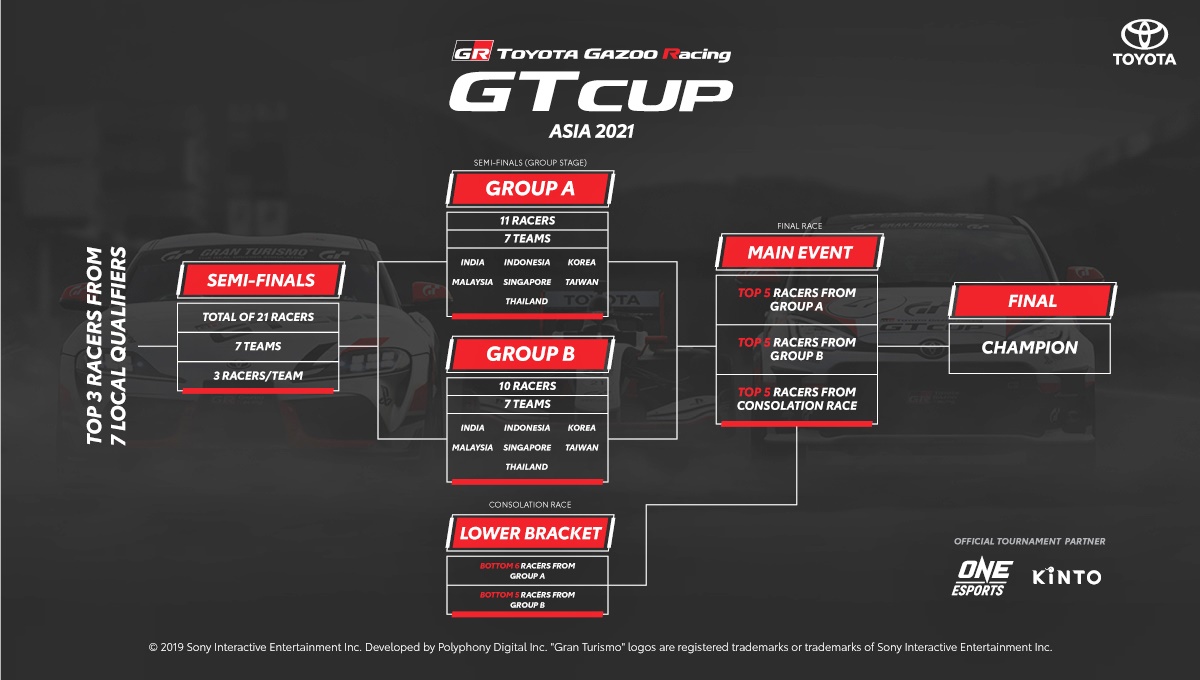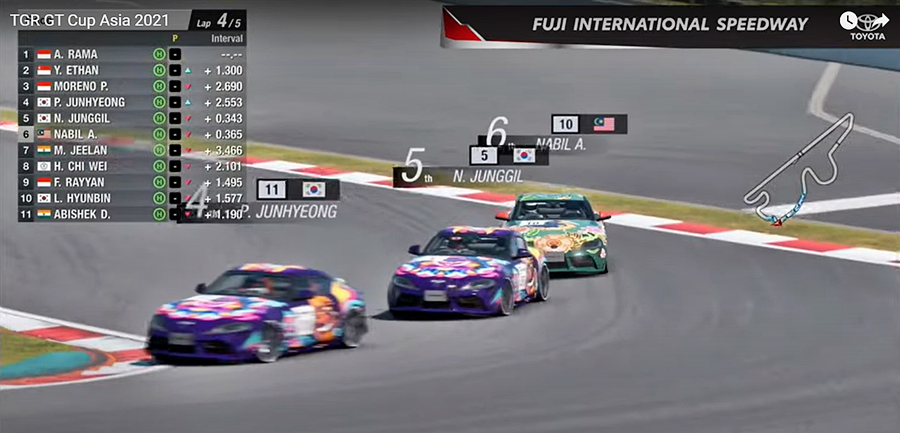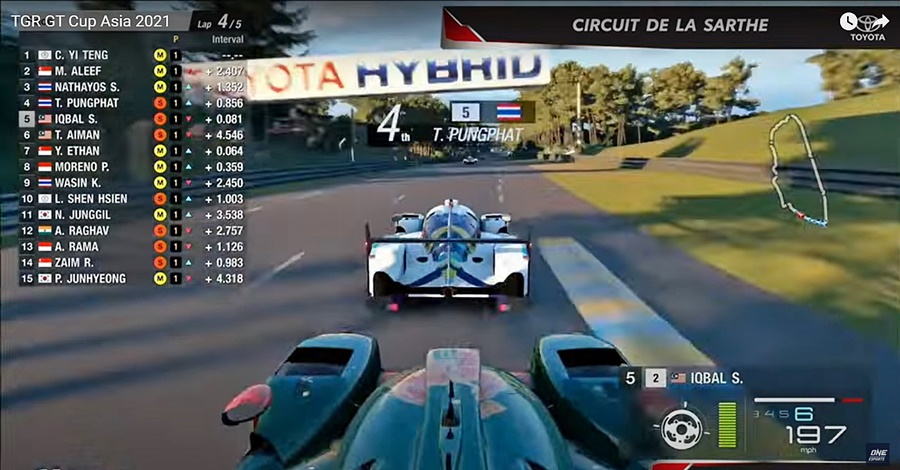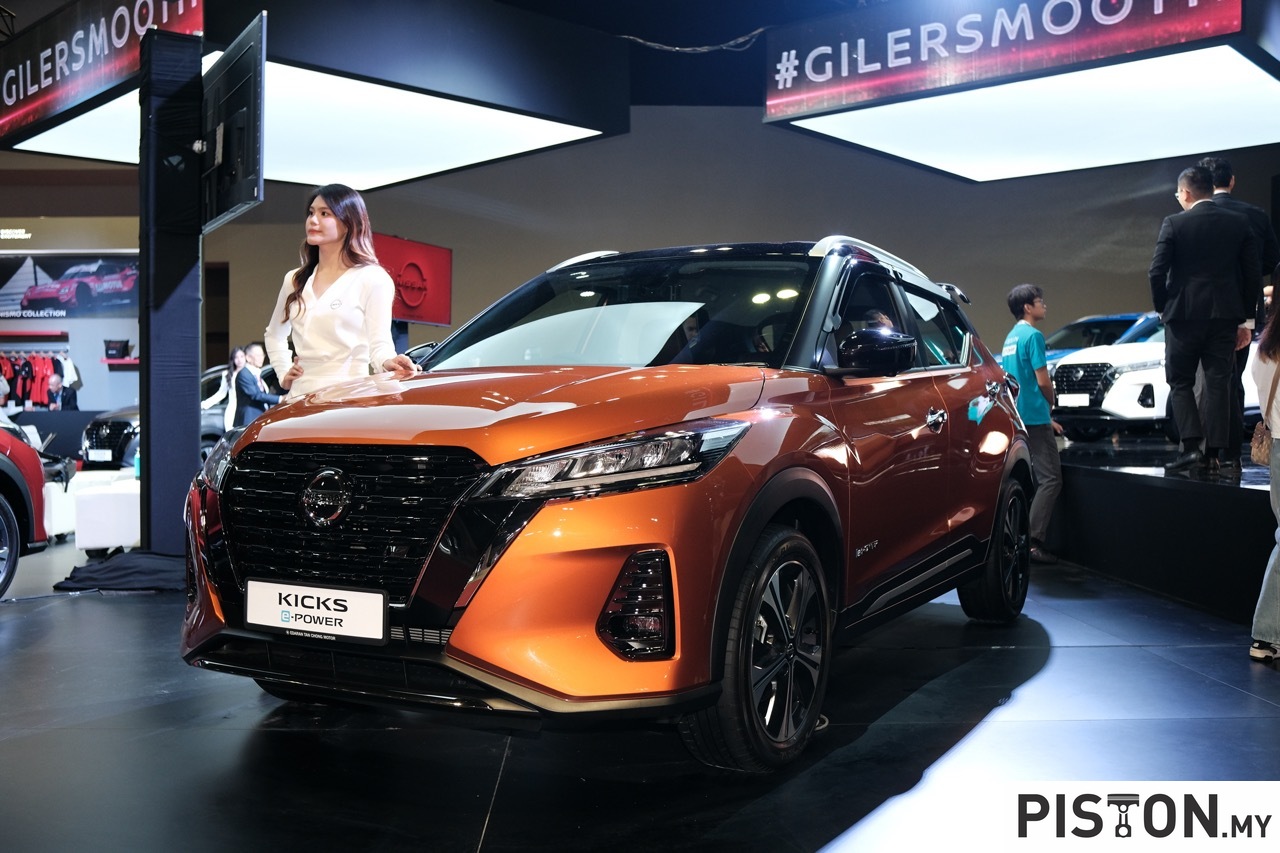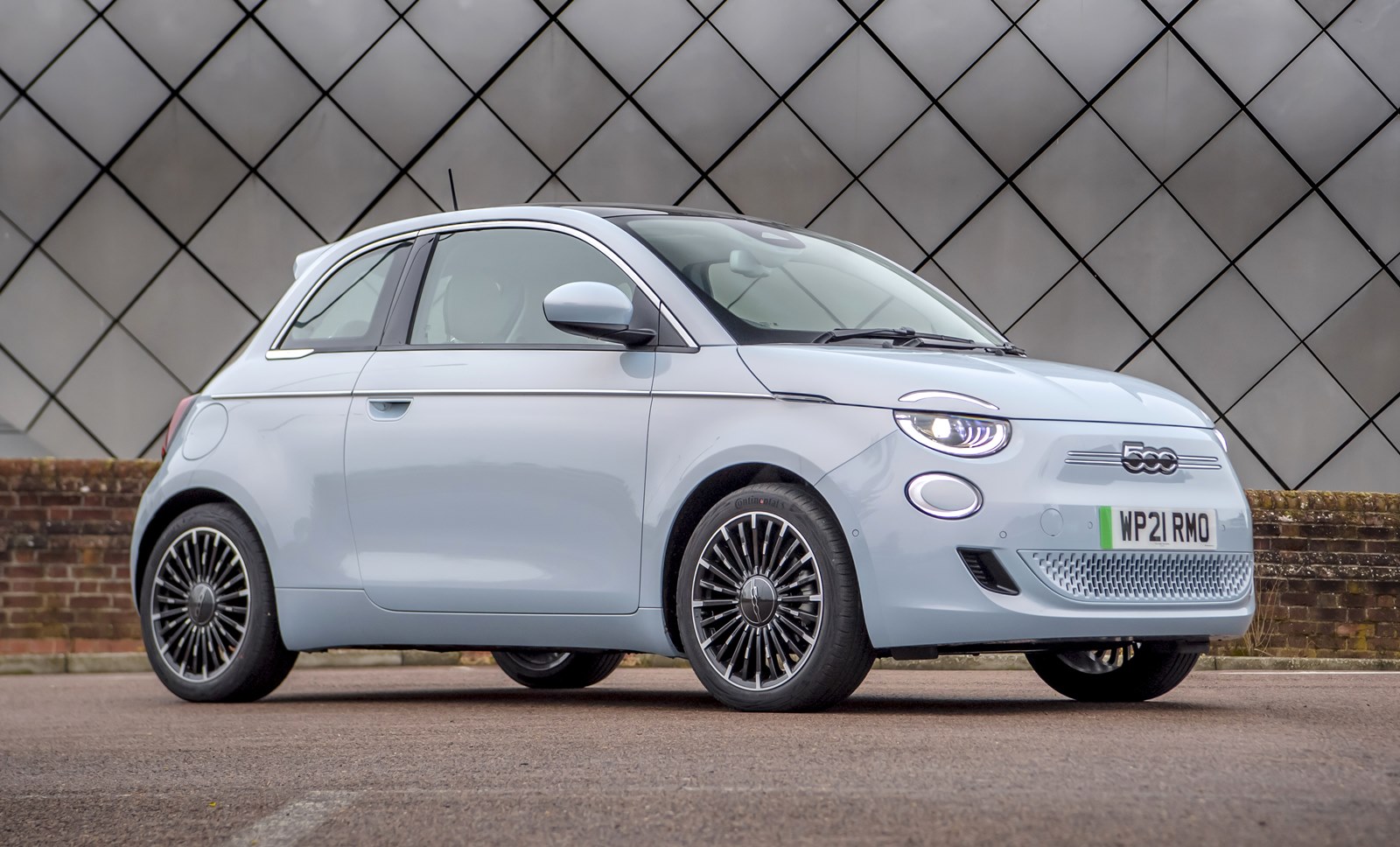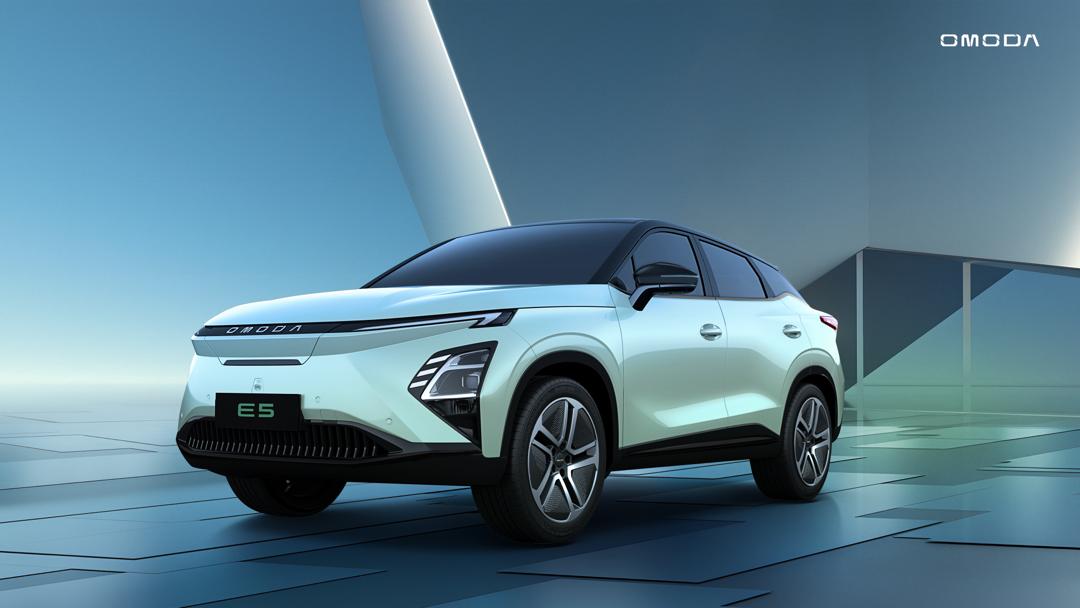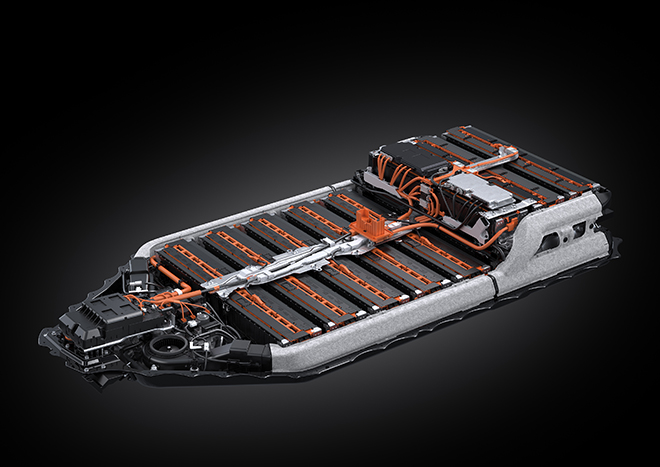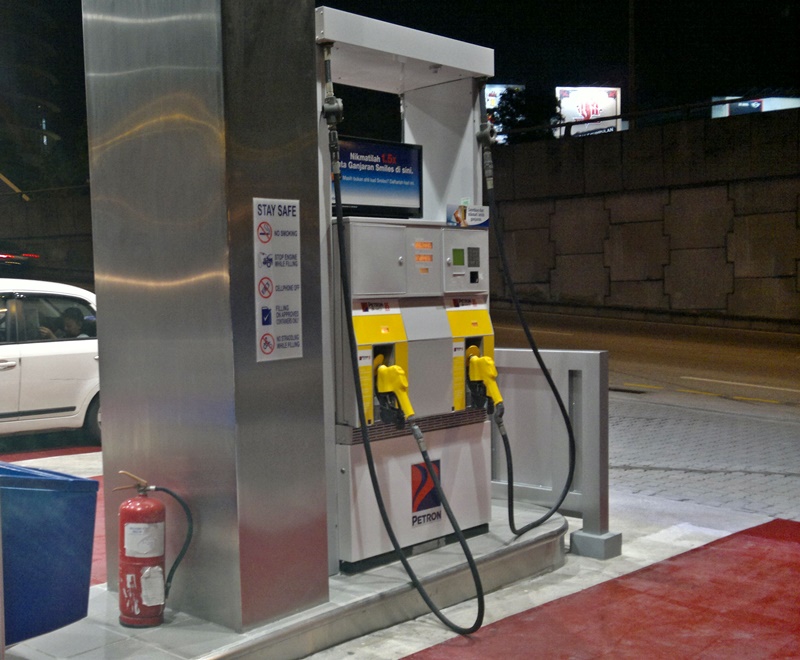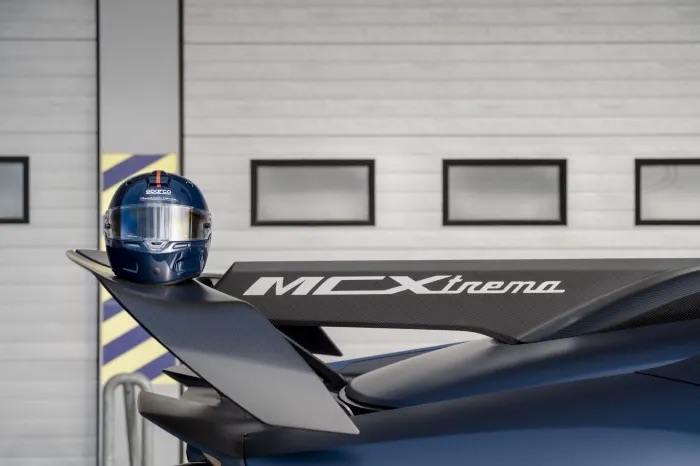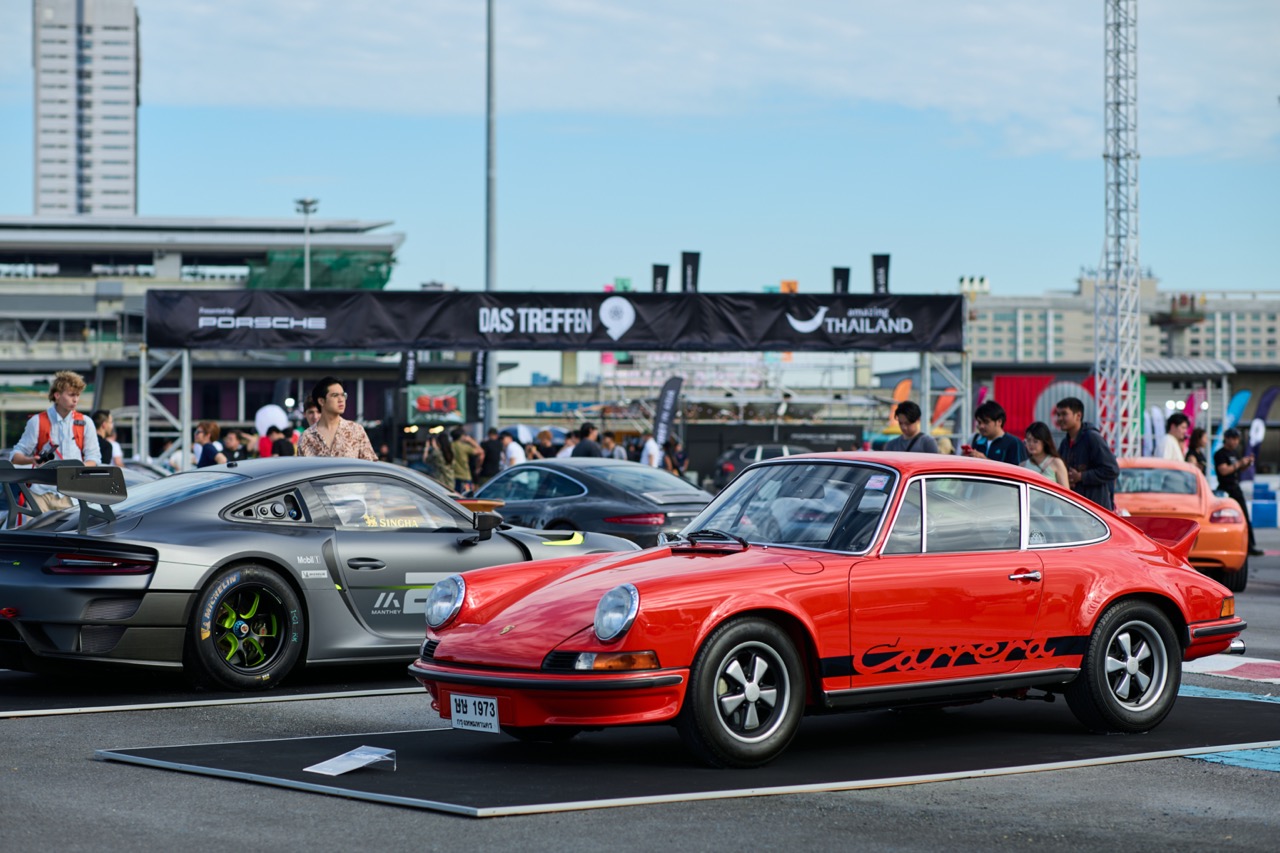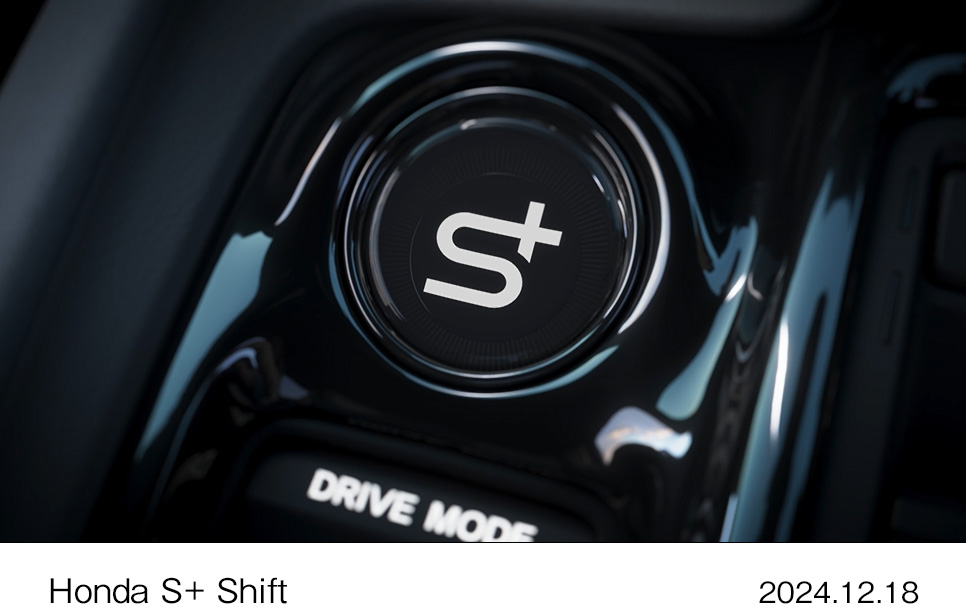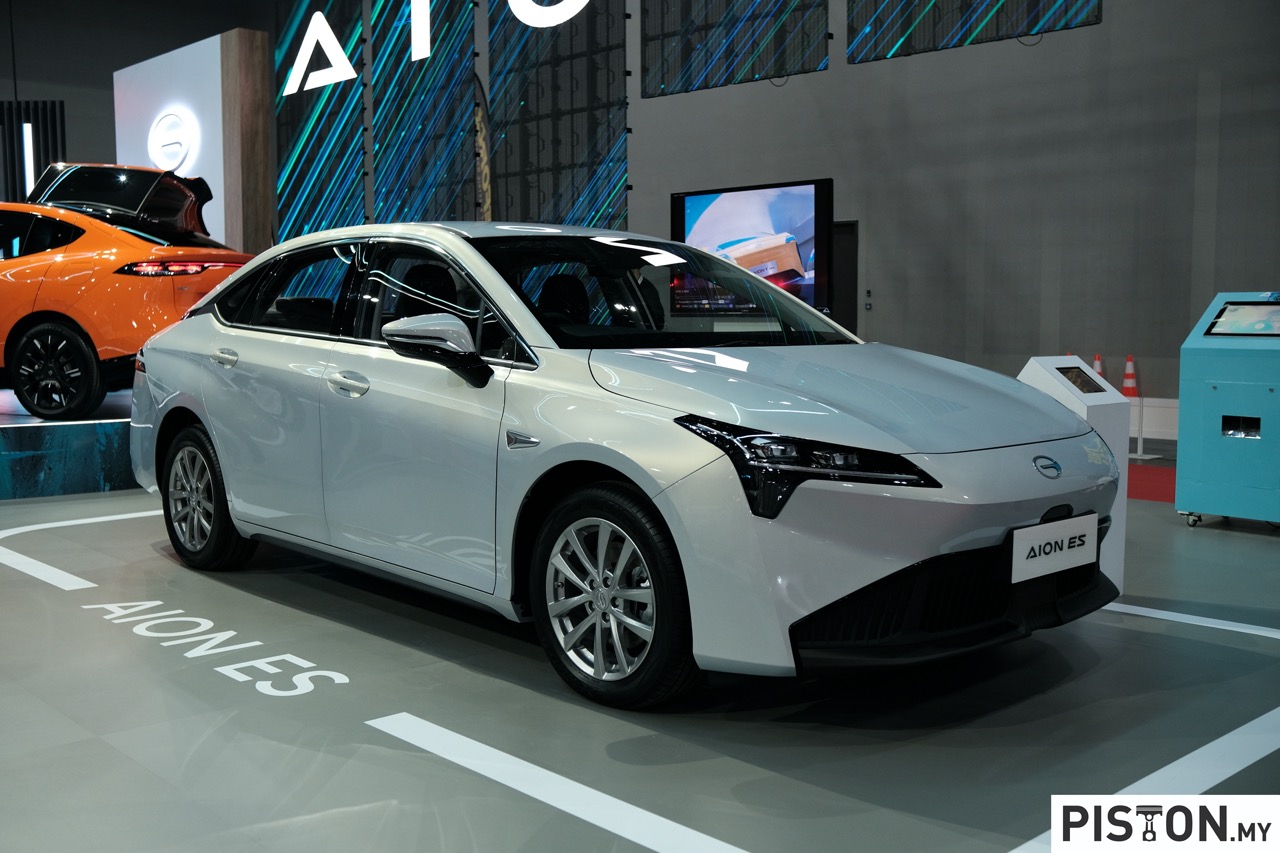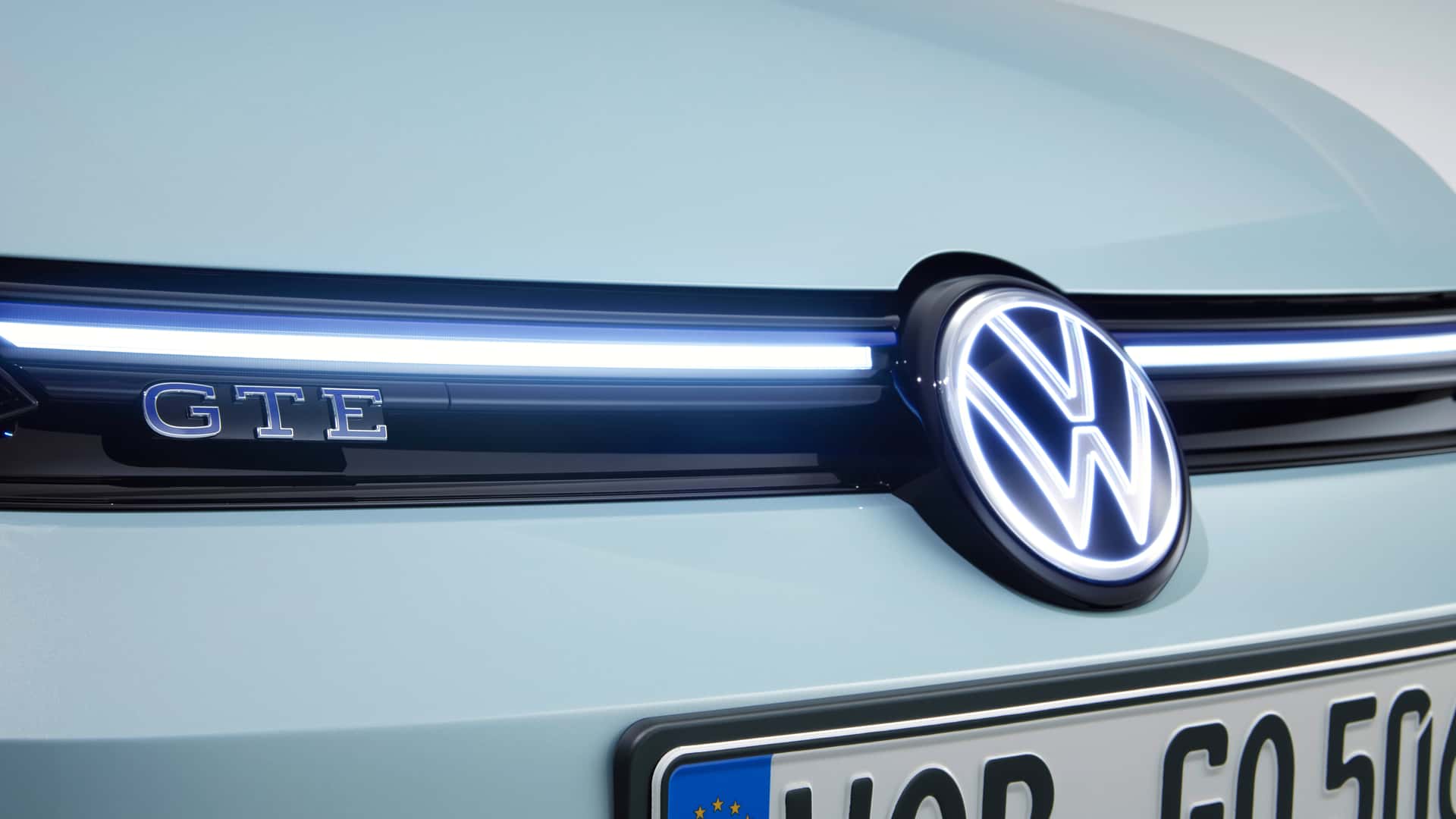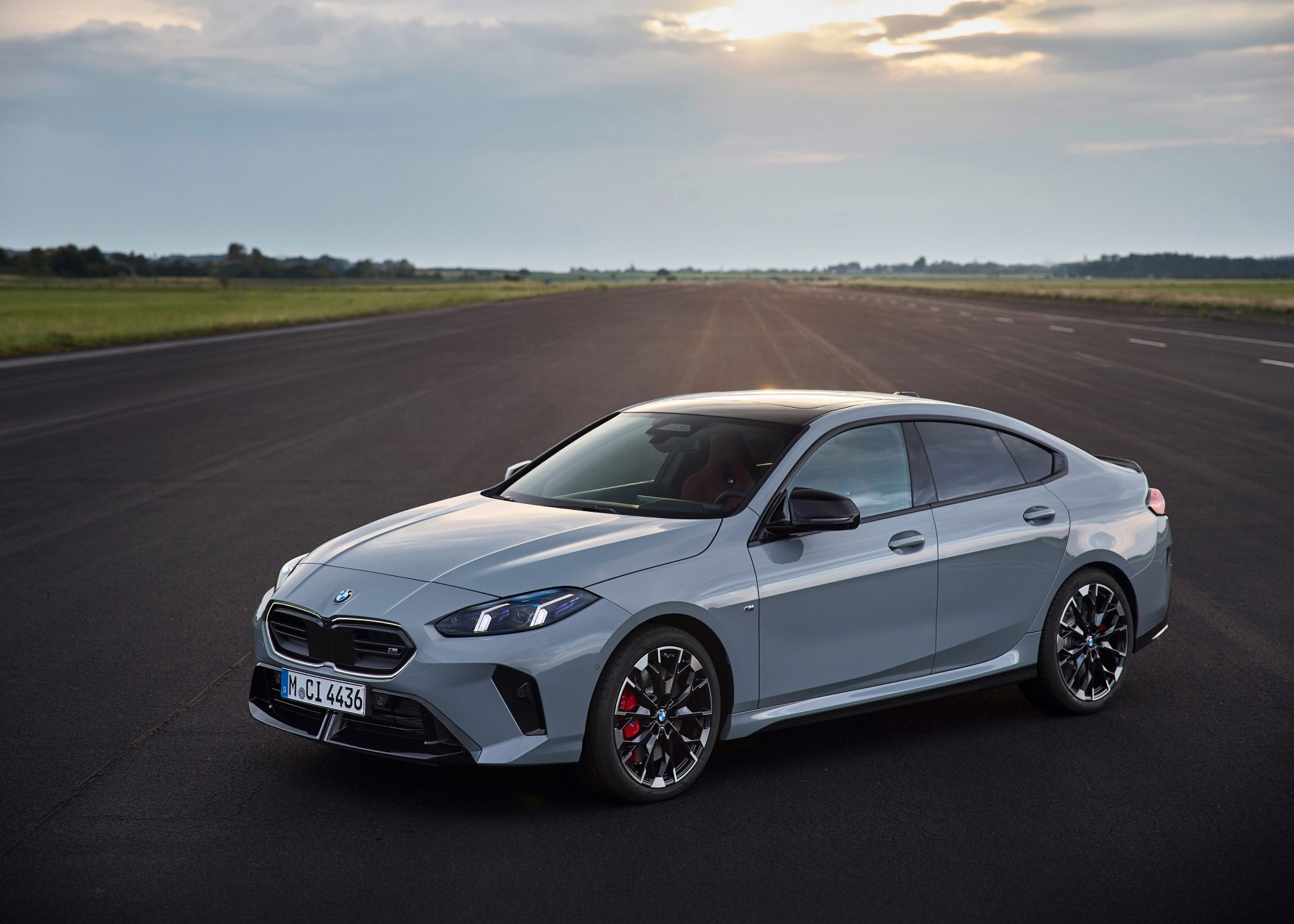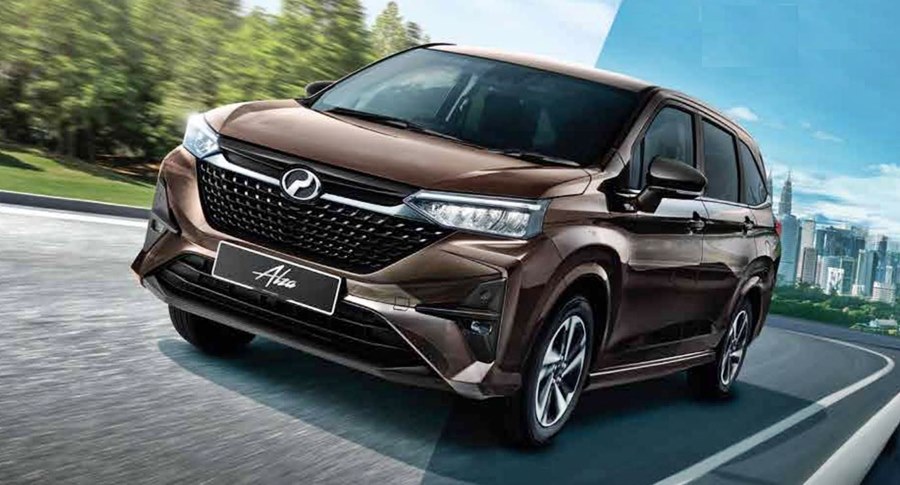It’s taken a while for the new Land Rover Defender to arrive in Malaysia but that’s understandable. The world has not been operating ‘normally’ since early 2020 which was just after the Land Rover’s new SUV was launched at the 2019 Frankfurt Motor Show. With lockdowns in the UK and in Malaysia, goods were either unable to be shipped or took longer.
Anyway, the first shipment finally arrived in March this year and although Jaguar Land Rover Malaysia (JLRM) had plans to launch it, the imposition of the second long MCO meant that nothing could be done until now. Nevertheless, they were able to get the necessary approvals for the product done and it was a matter of waiting till the country reopened.
Today’s launch of the New Defender took place at the flagship showroom at Sime Darby Motors City in Petaling Jaya, Selangor, as well as online, saw two versions of the model being introduced. Both are the longer Defender 110 and available with either a 2-litre Ingenium 300 ps/400 Nm 4-cylinder engine or a 3-litre mild hybrid powertrain incorporating a 6-cylinder petrol engine generating a total of 400 ps/500 Nm. The latter also get a power boost from a 48V electric supercharger.
Intelligent and advanced 4×4 drivetrain
As with all Land Rovers past and present, all four wheels are powered. Unlike the early 4×4 systems, the permanent all-wheel drive system in the New Defender is also intelligent and optimum traction is provided on all surfaces. The Defender is also the first Land Rover to feature Configurable Terrain Response, which allows drivers to fine-tune a range of settings to suit the conditions more precisely than ever before. A new Wade program optimizes the vehicle for crossing water, with a world-class maximum wading depth of up to 900 mm.
One thing which the hardest of hardcore off-roaders may not be happy about is the departing from the traditional body-on-frame construction. With the New Defender, , Land Rover’s engineers designed the new D7x (for extreme) monocoque structure that is said to be the stiffest body structure the brand has ever produced. Furthermore, it uses aluminium to reduce weight, this material having been associated with Land Rovers from the beginning and contributing to their long lives.
The new body architecture also allows for ground clearance of 291 mm and a wheelbase of 3022 mm, which is 99 mm longer than a Discovery). The introduction of air suspension helps transform the 4×4’s on-road handling and supports its all-terrain capability, providing an off-road ride height lift of 75 mm and ride comfort across all surfaces. An additional 70 mm of lift means the air system can raise the body by a maximum of 145 mm when needed, while the Elegant Arrival mode automatically lowers the body by 40 mm to make getting in and out easier.
Land Rover design DNA
Though everything about the model is totally new (compared to the original Defender), the silhouette in profile has strong elements of the original iconic shape. Gerry McGovern, the Design head and Guardian of Land Rover DNA, made sure that the New Defender would be recognisable by incorporating many ‘trademarks’ of the original.
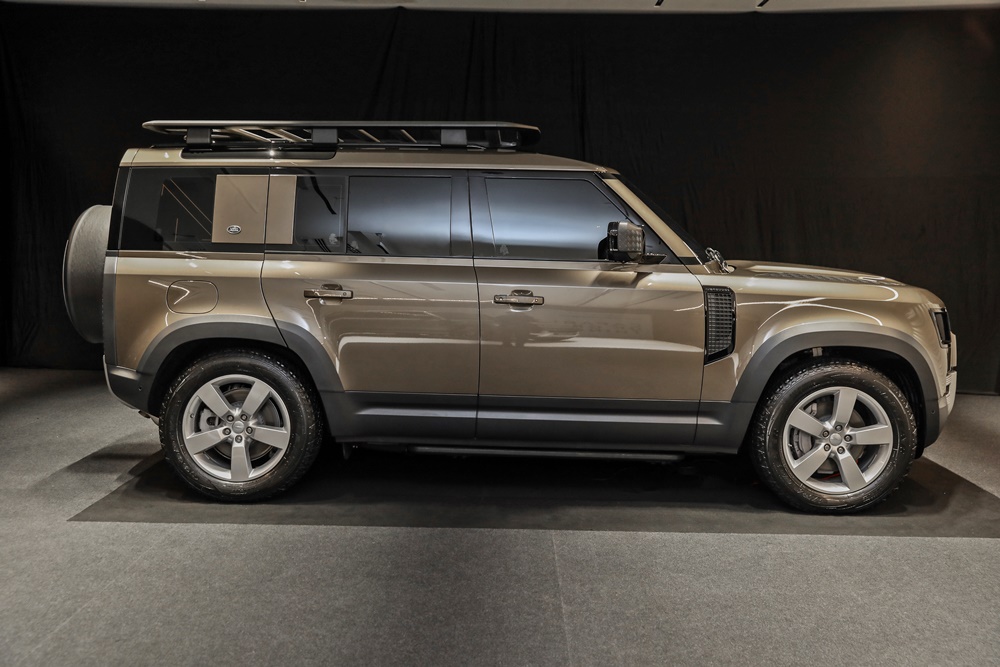
These include the purposeful upright stance, Alpine roof lights and a chamfered roofline. The tailgate is also side-hinged – not so common on SUVs these days – and the spare wheel is still mounted on the back door. The latter is something that gives authenticity to the model as a 4×4 SUV, something which designers of other models think is no longer necessary.
Functional cabin, 21st century technology
The original Defender’s cabin essentially evolved from the early models. It was thus purely functional and even the last versions still maintained that simplicity which was appreciated by adventurers who did not need unnecessary fitments.
For the New Defender, the interior designers were mindful of this and have cleverly blended the original features – like exposed elements – with 21st century technologies. This approach might even be welcome by those hardcore enthusiasts who used to appreciate simplicity and functionality without complaining about comfort. Today, they are older and it is likely that they too would not complain about not having wind-down windows or manually adjusted seats.
The New Defender is packed with convenience features that every modern premium vehicle has. For example, the advanced Pivi Pro infotainment system is coupled with a Meridian Sound System and the next-generation touchscreen requires fewer inputs to perform frequently used tasks. In addition, Software-Over-The-Air technology, with 14 individual modules capable of receiving remote updates, ensures that Defender owners can always have the latest software, wherever they are in the world.
There’s also a Head-Up Display to complement the digital instrument panel. And besides being able to see all round with the 3D Surround Camera system, there is also ClearSight Ground View which makes it seem like the vehicle’s bonnet is ‘transparent’. Thanks to external cameras, the driver can see ‘through’ it and observe the vehicle’s underside and wheels – a great asset on unknown and uneven terrain.
The ClearSight Interior Rear View Mirror offers both a conventional reflected image as well as a real-time digital image captured by a small camera on the roof. The digital image can be switched on when needed, eg if the rear view is blocked by passengers’ heads or tall cargo.
In standard configuration, the New Defender is a 5-seater with two rows of seats. Customers can also specify 5+2 seating if they feel that they will carry more people often. The Click and Go System integrated base unit allows for the integration of additional accessories should there be a need.
The cargo area can be expanded varied between 1,075 litres and 2,380-litres with a maximum payload of up to 900 kgs. As the rear door is side-hinged, loading is easy even when the vehicle is close to a wall or tree as the door can be opened a bit and items slipped in.
First shipment already sold out
The New Defender 2.0 is priced from RM798,000 while the 3-litre version starts from RM998,800 (prices exclude roadtax, registration and insurance as well as 50% of sales tax). However, as the entre first shipment has already been taken, those who order one will not be able to enjoy the sales tax exemption given by the government (very unlikely they will extend again) because the next deliveries will only be in 2022.
JLRM provides each Land Rover vehicle sold with the Land Rover Care programme which has a 5-year warranty, 5 years of free scheduled service and 3 years of complimentary roadside assistance. Customers who receive their vehicles in 2021 also get a Land Rover Heritage Watch in celebration of Sime Darby and Land Rover’s 40th Anniversary of partnership (while stocks last).
“The New Defender is now fully equipped with the latest innovations and vast improvements. It remains Land Rover’s toughest and most capable vehicle built for adventure and exploration of the rugged outdoors. By incorporating the latest innovations, the New Defender is ideal not only for 4×4 adventures but also for daily city driving. The upgrades reflect the times and the changing needs of the current generation of drivers,” said Syed Ahmad Muzri Syed Faiz, Managing Director of Jaguar Land Rover Malaysia.
For more information and to find the location of the closest Land Rover showroom to you, visit www.landrover.com.my.


